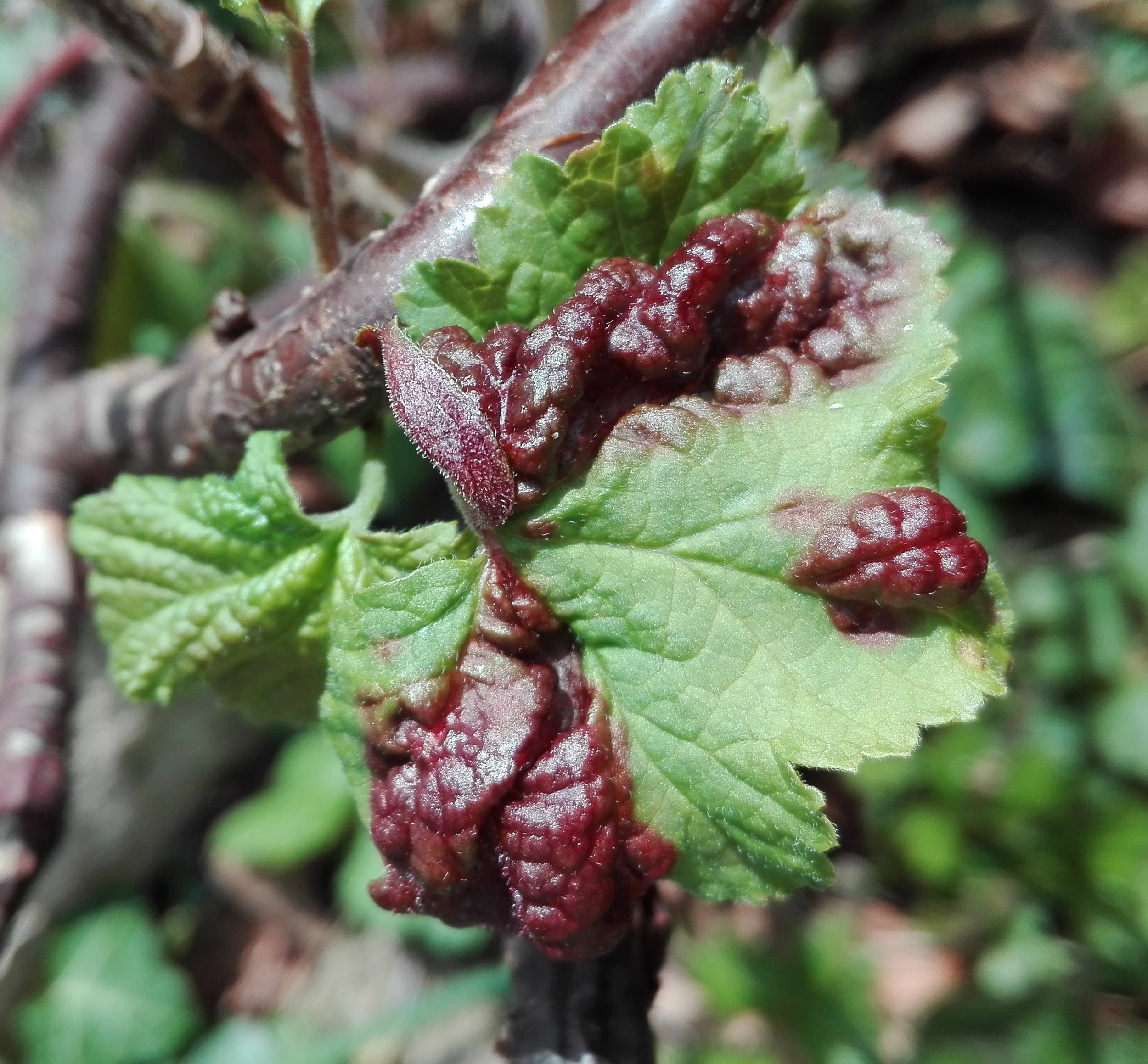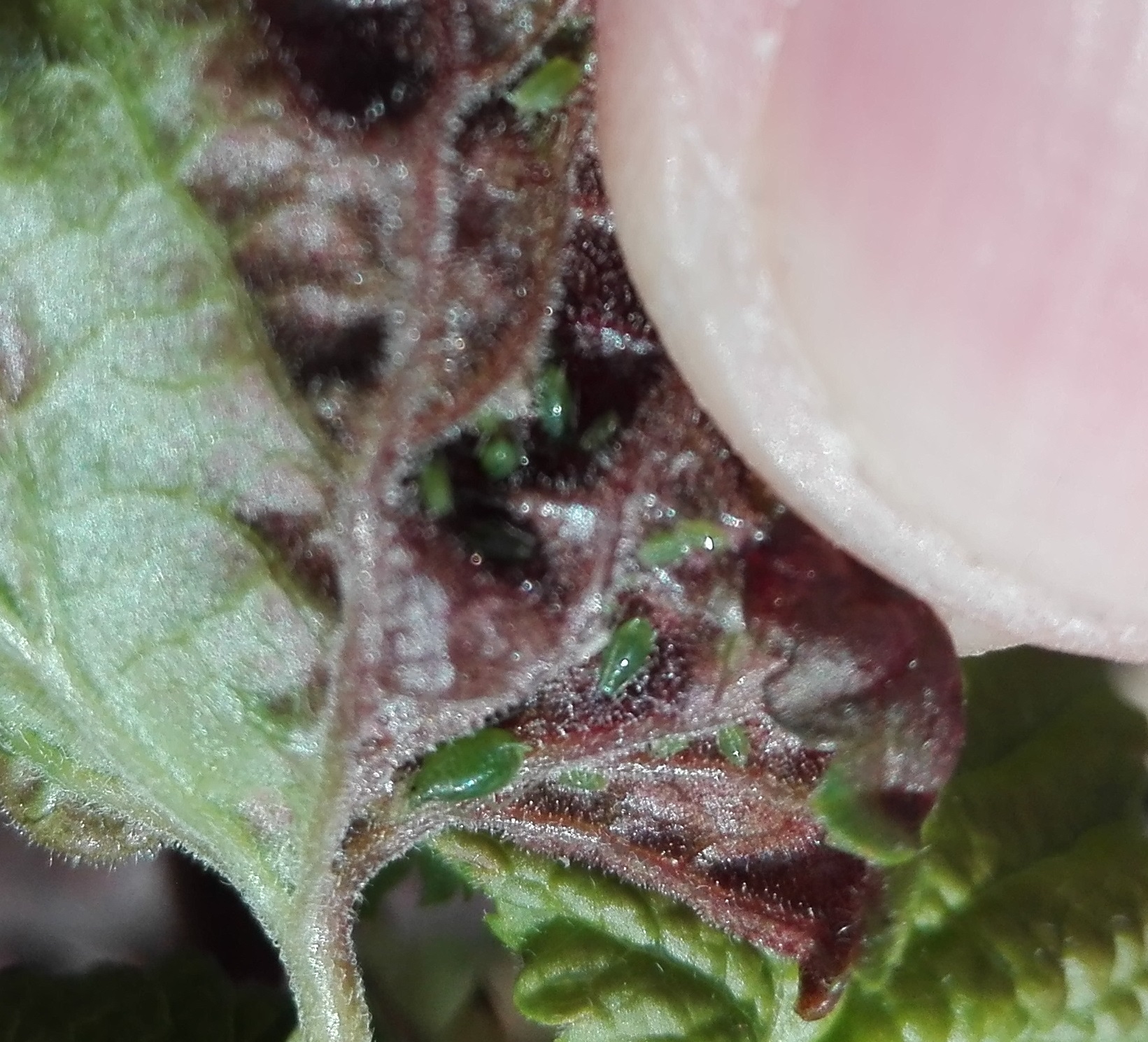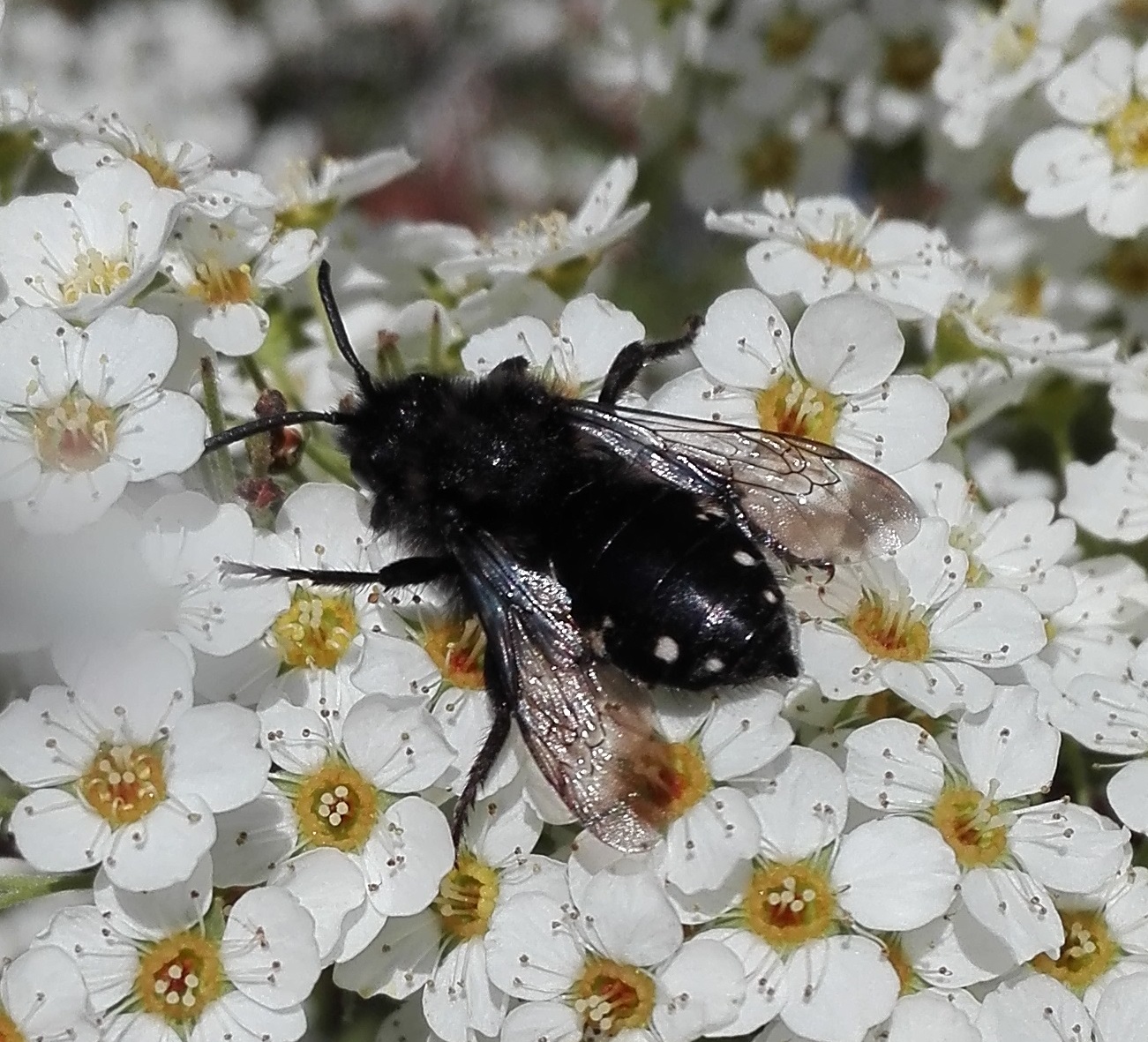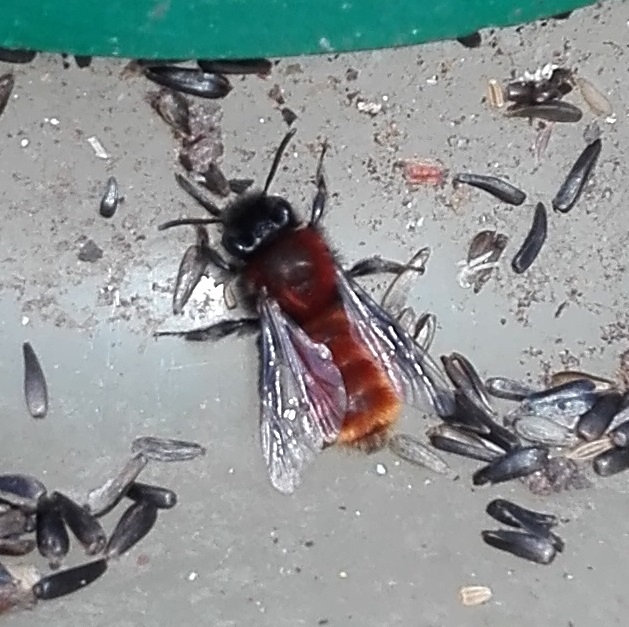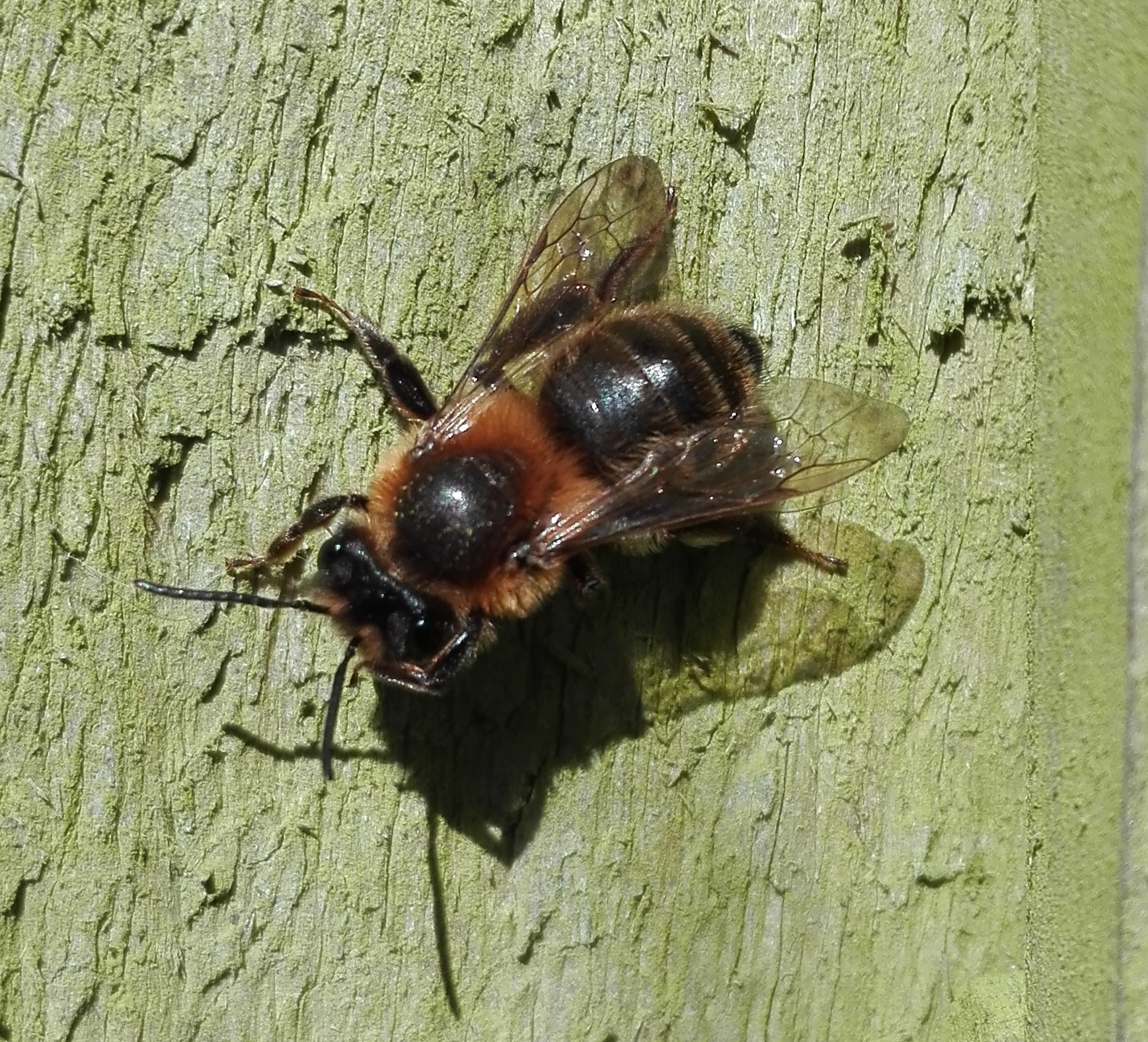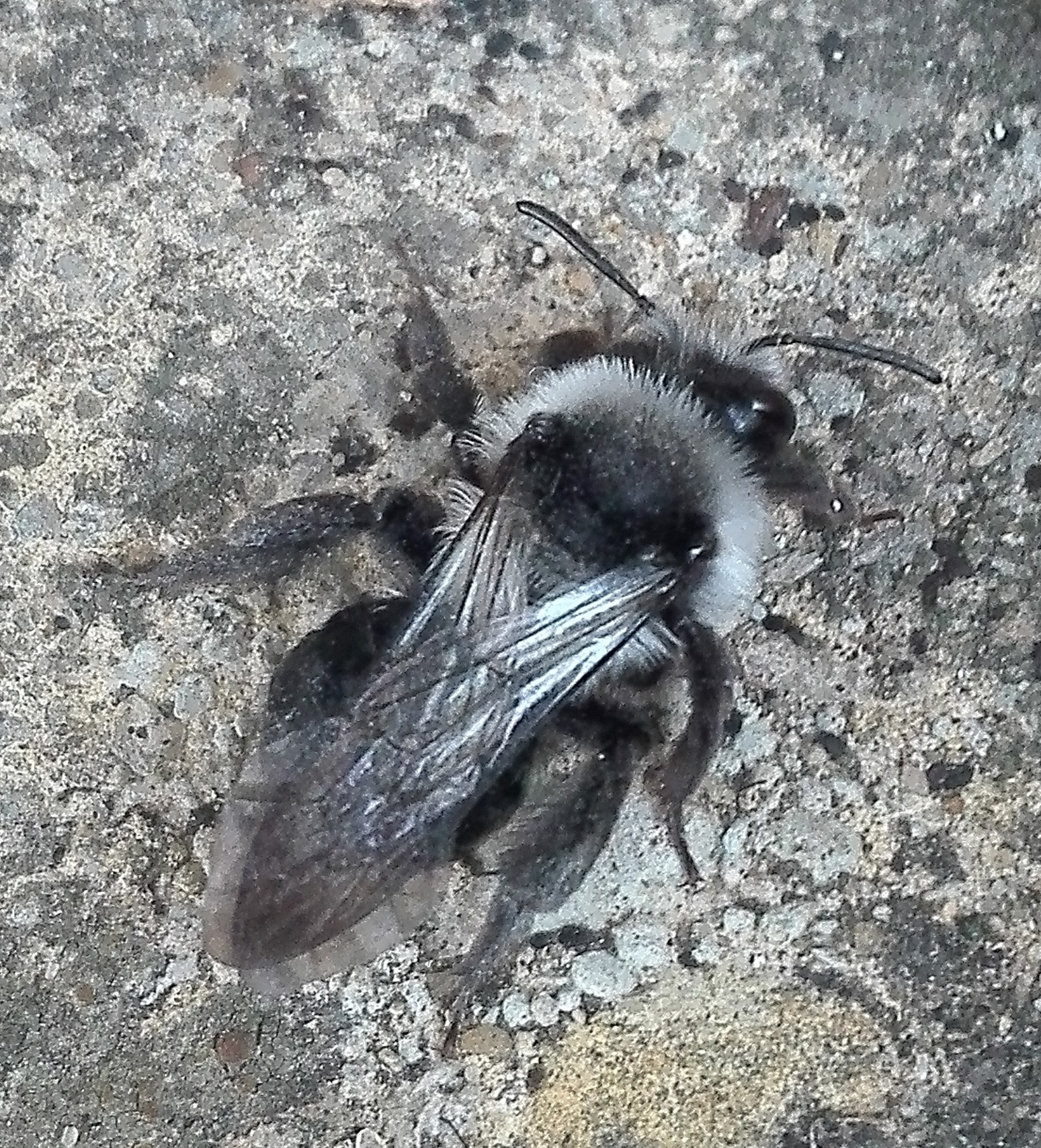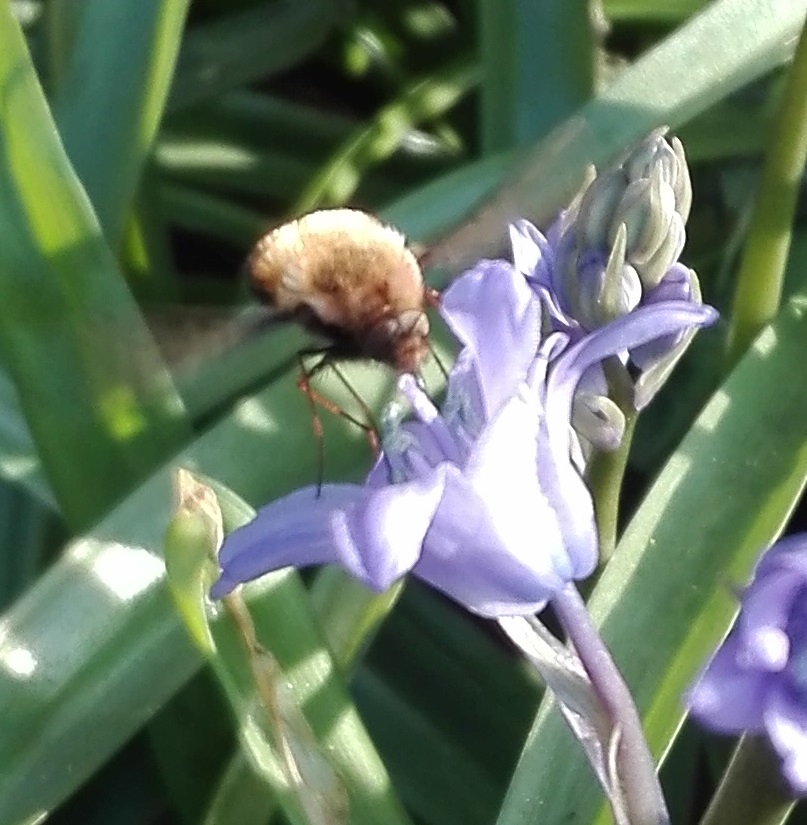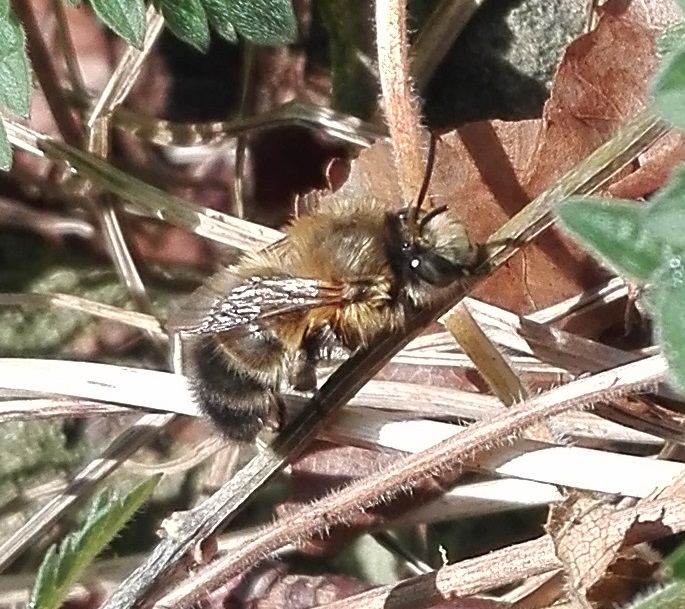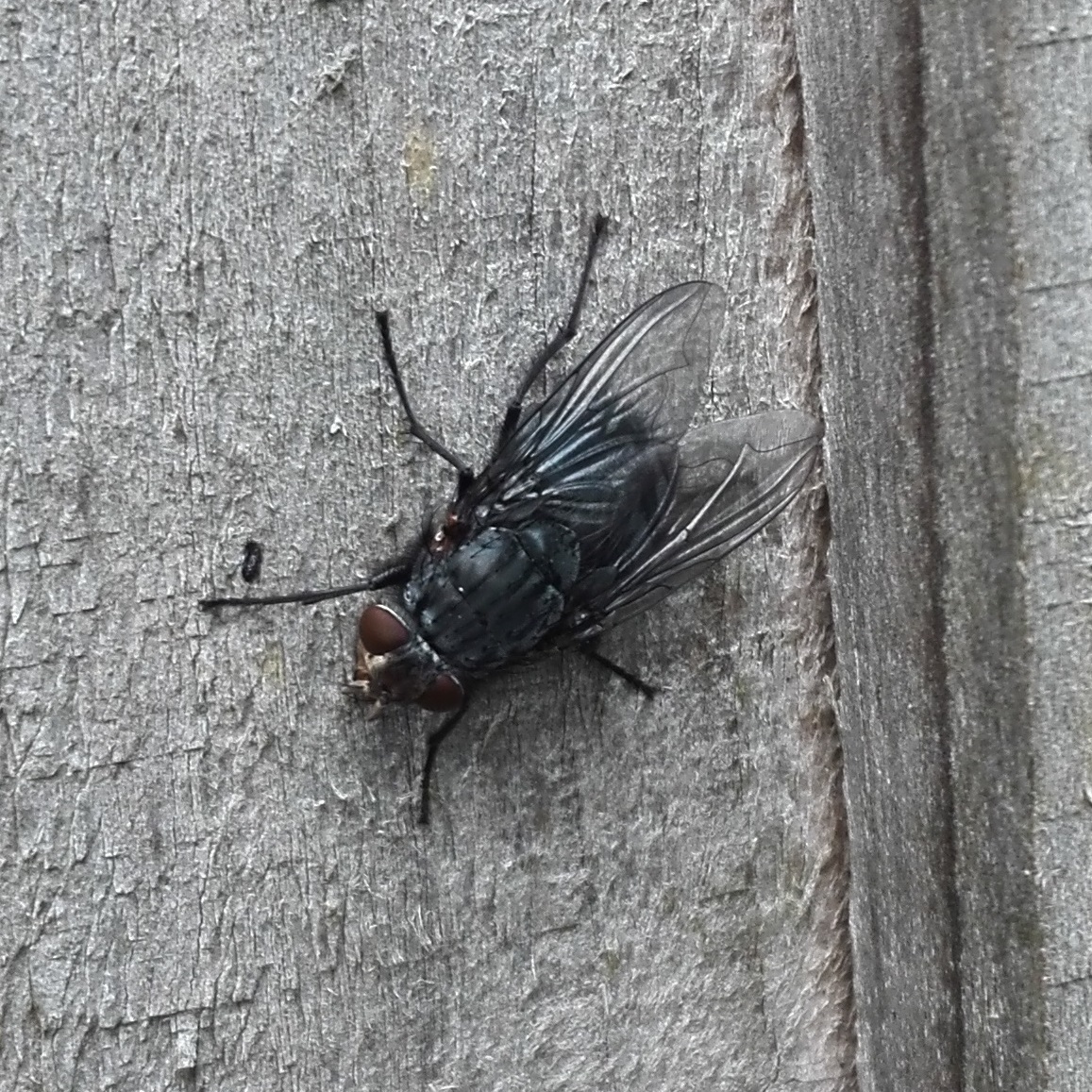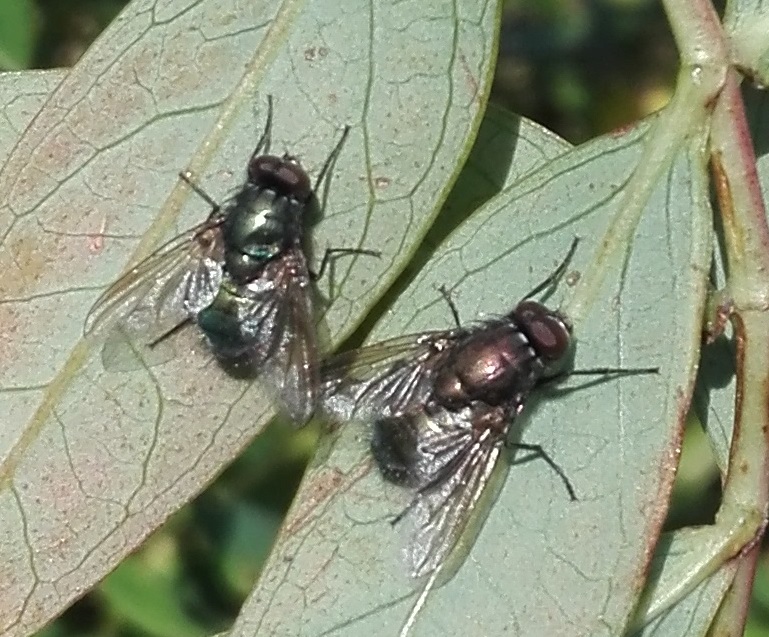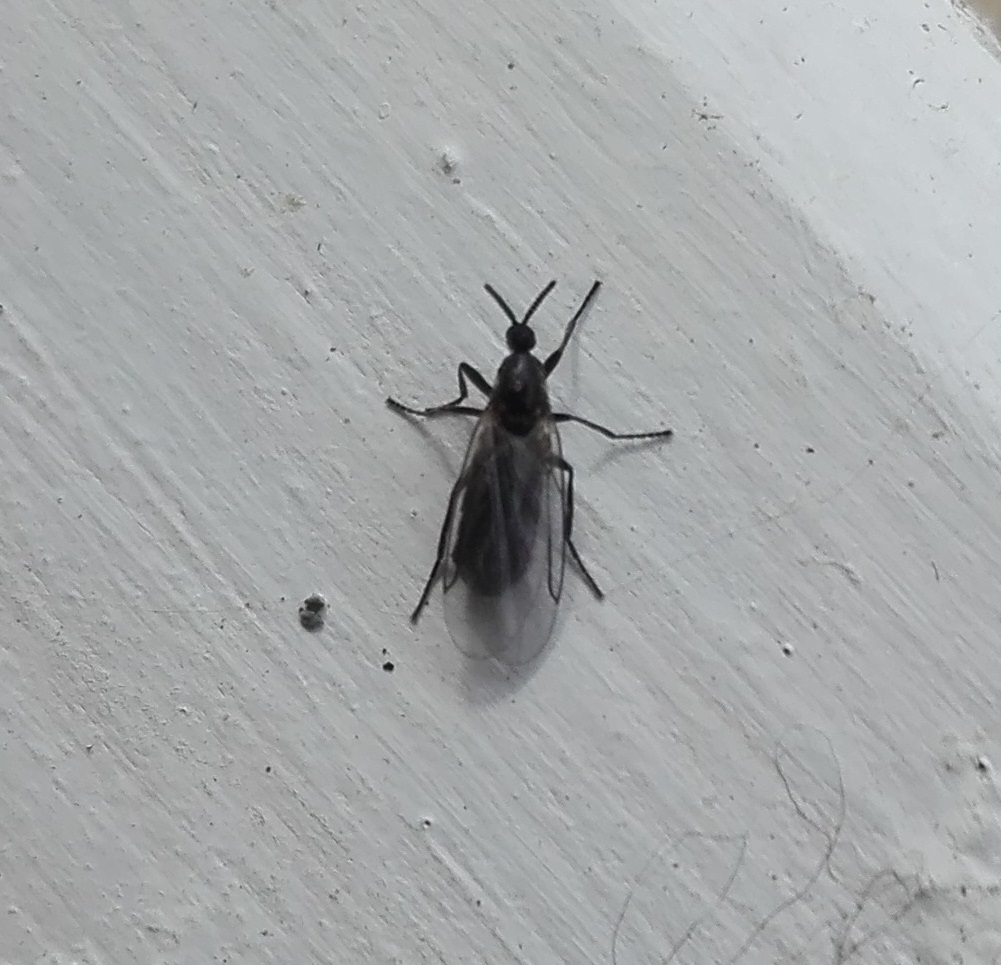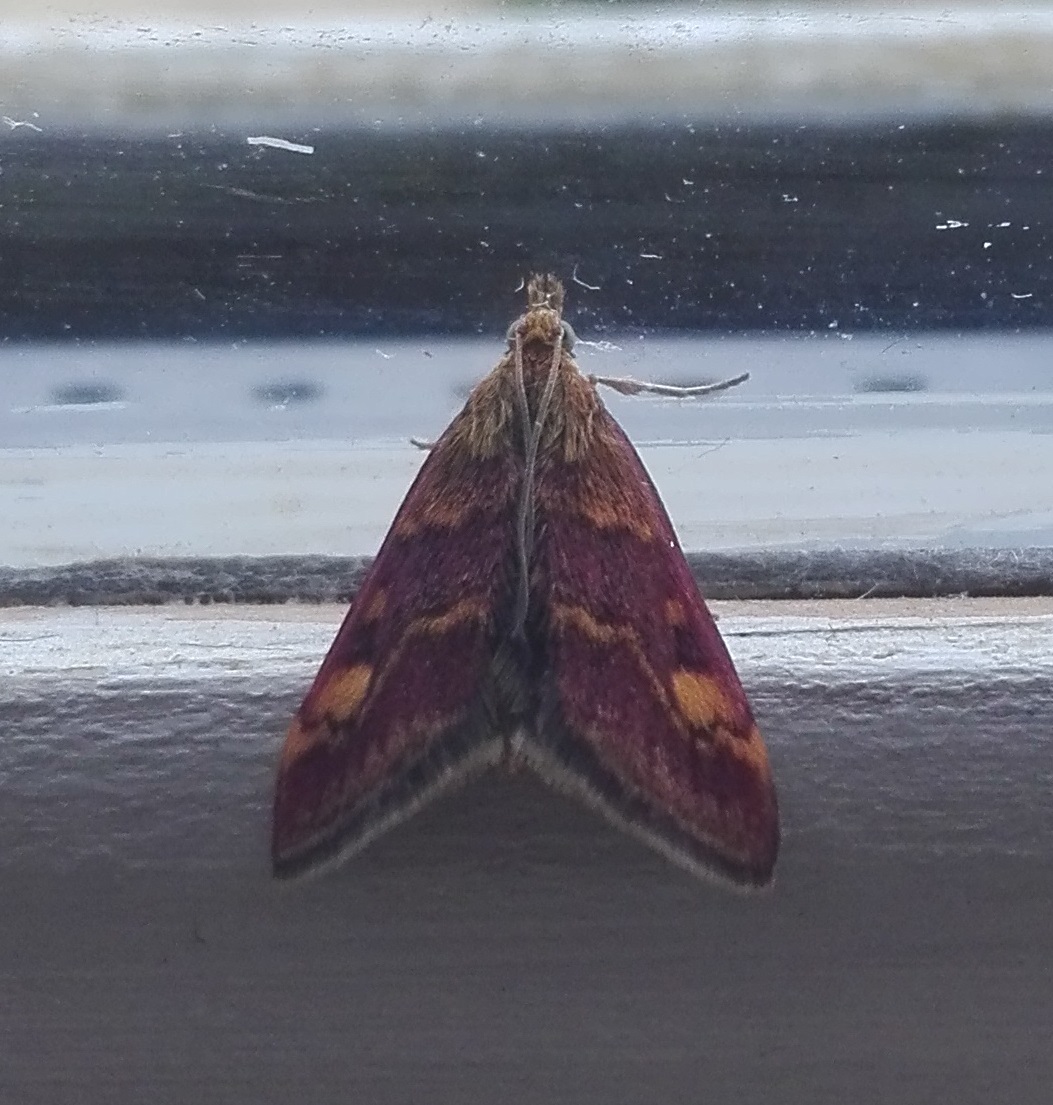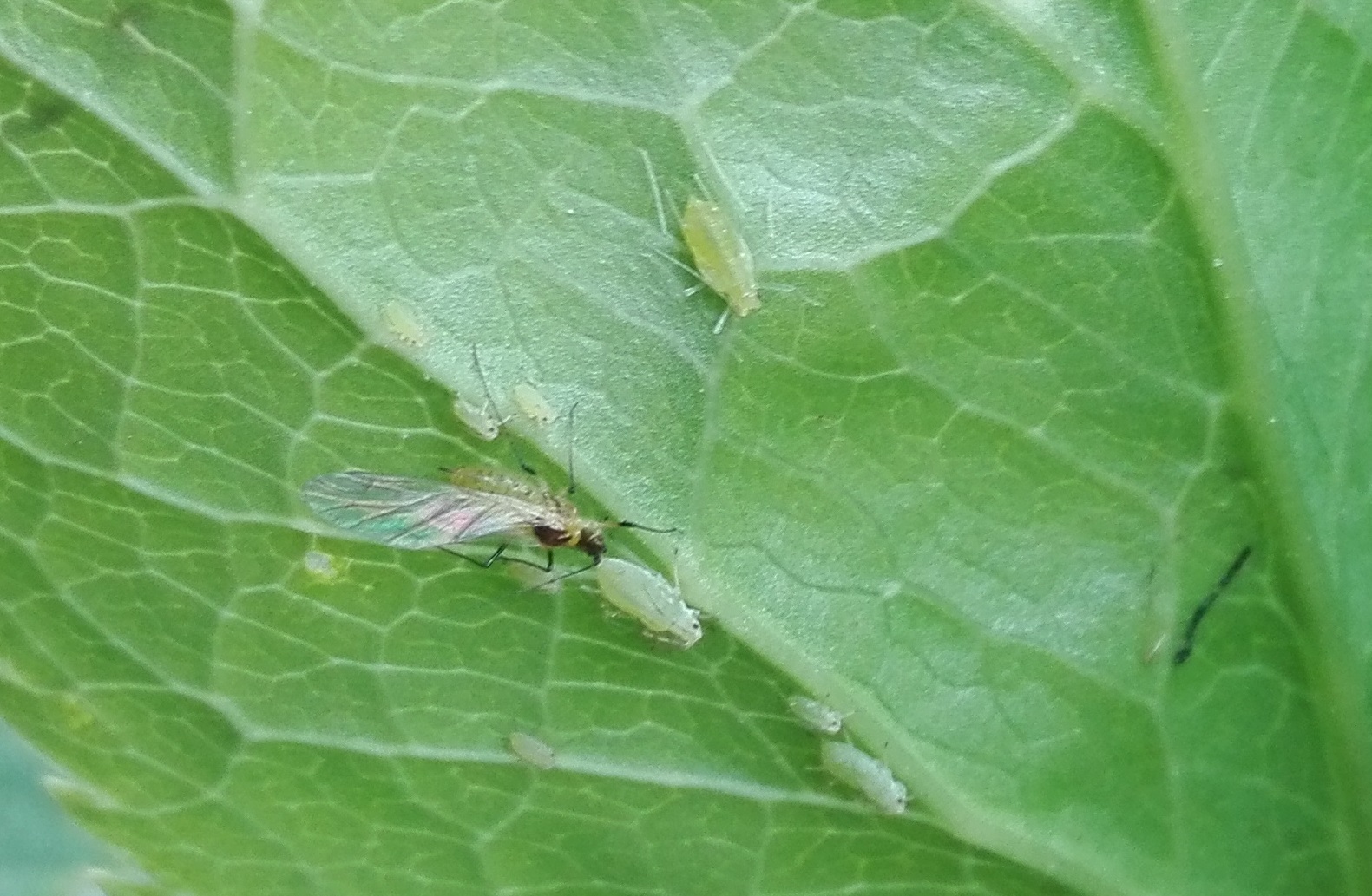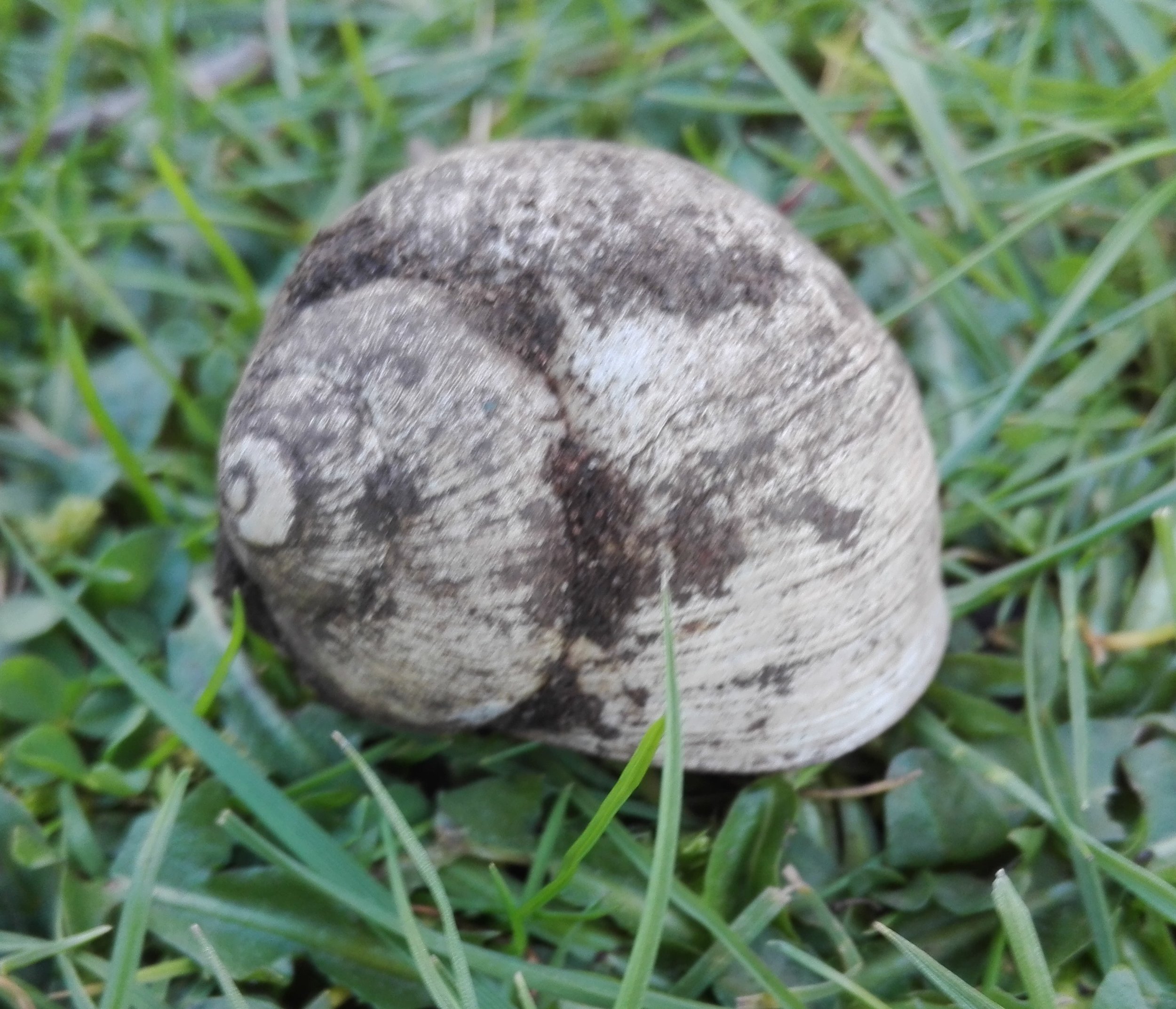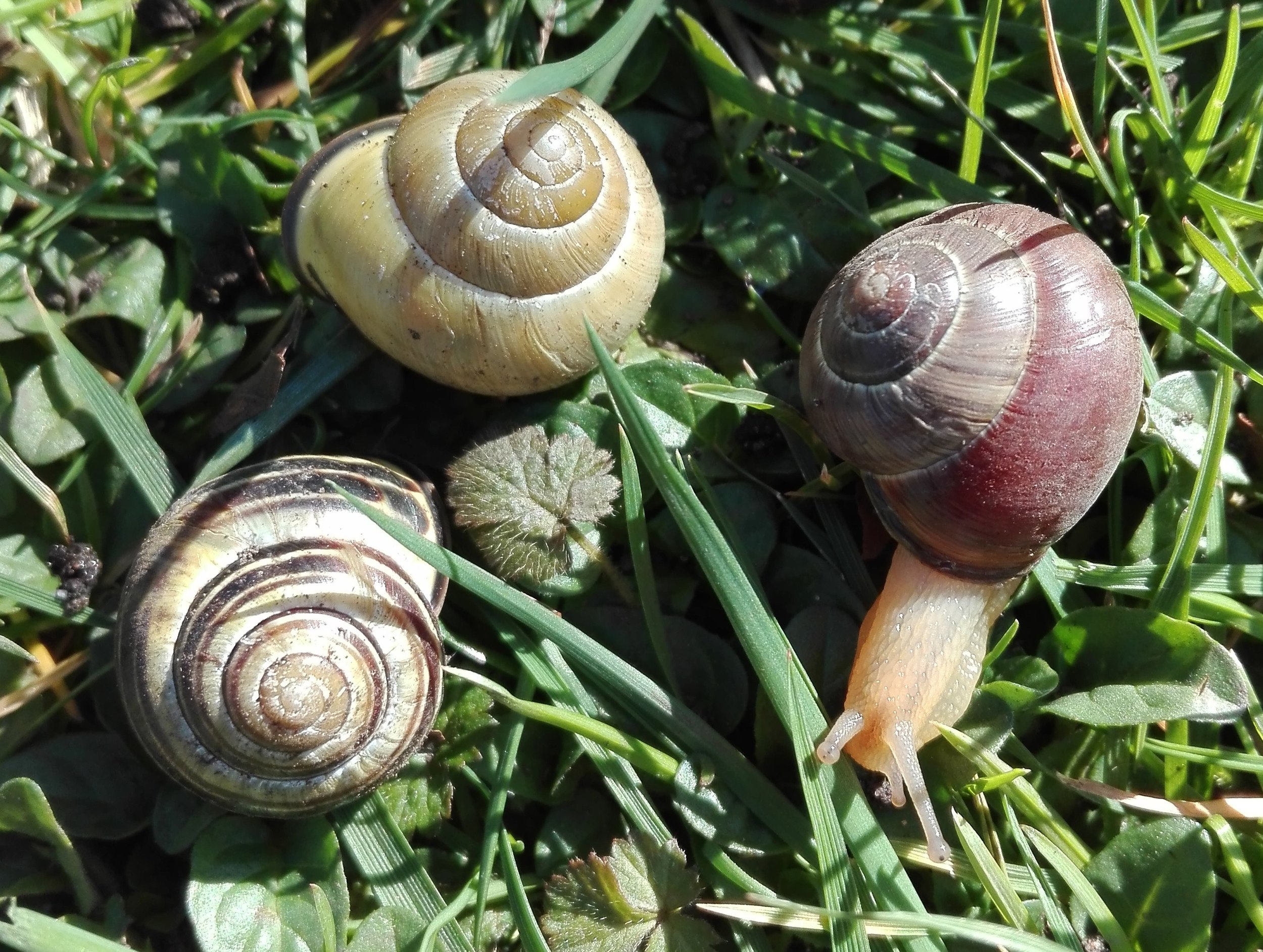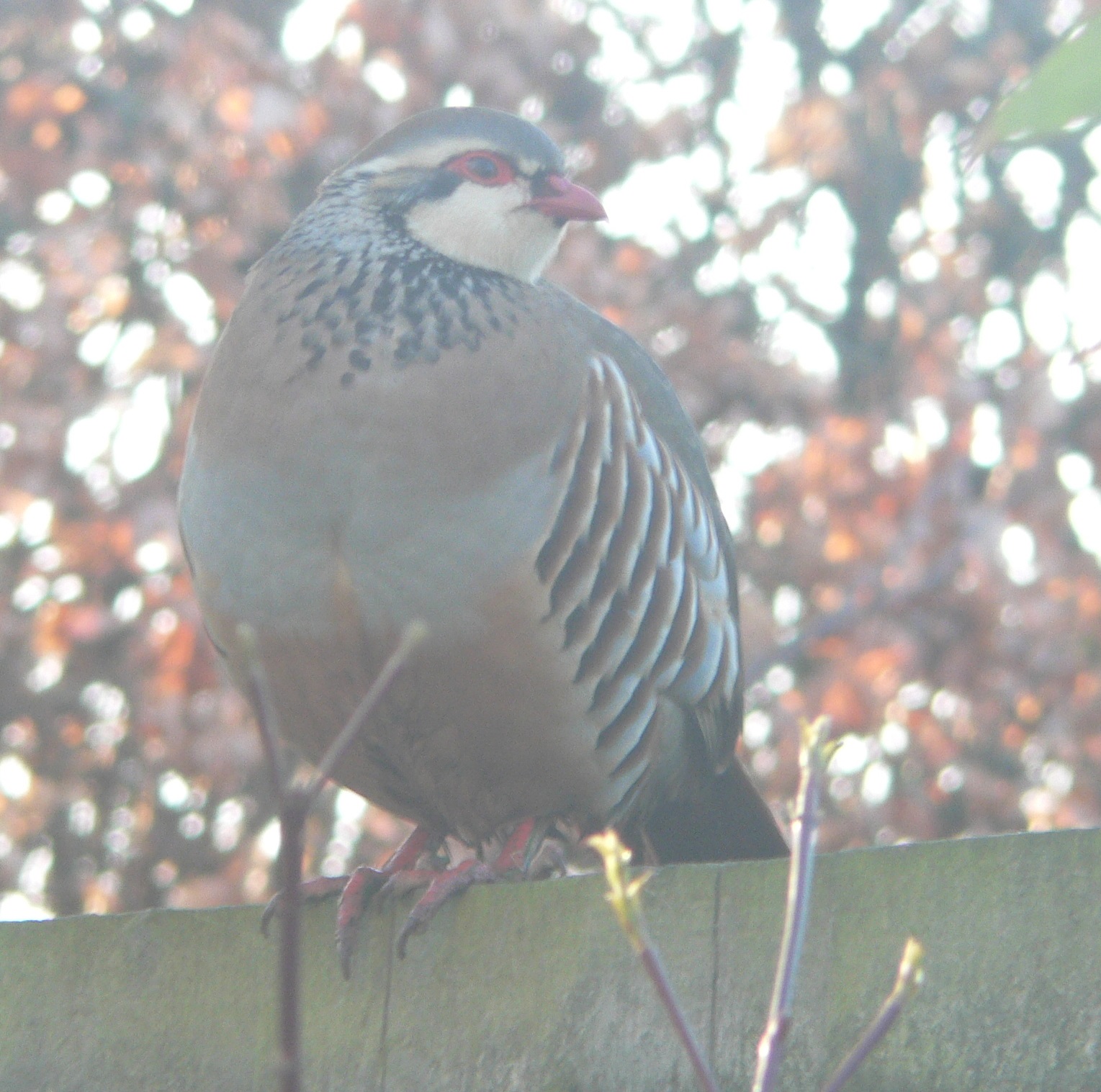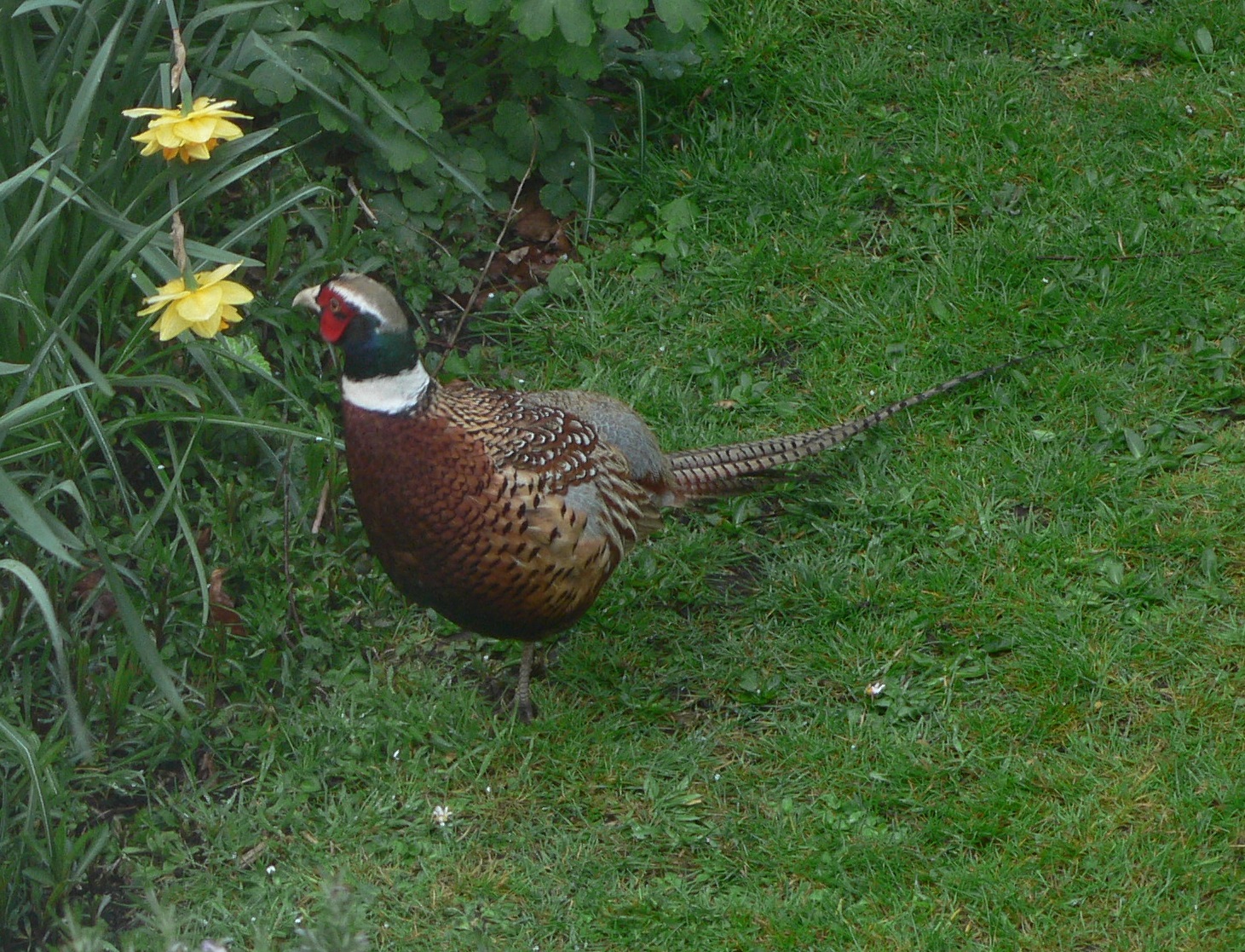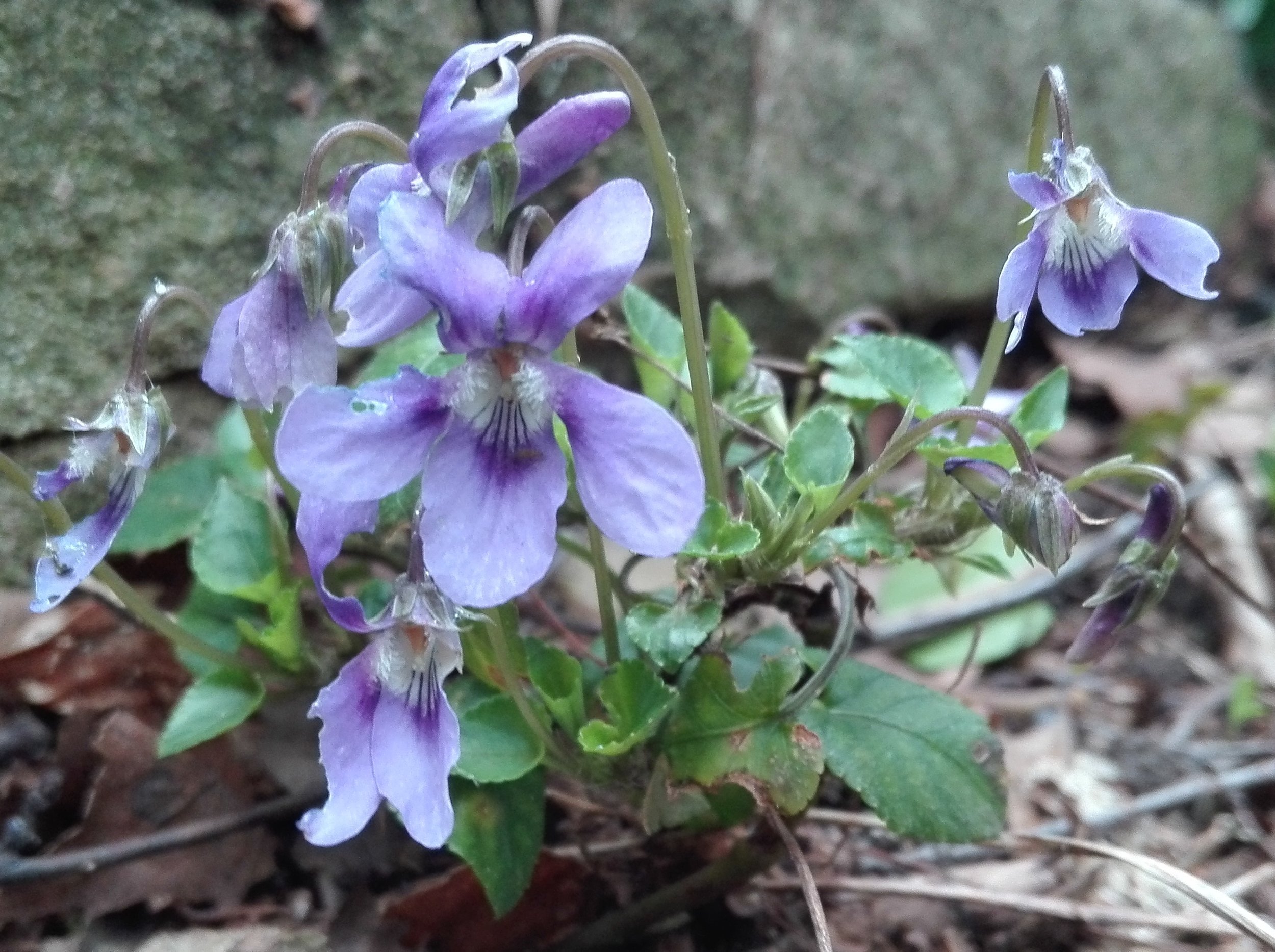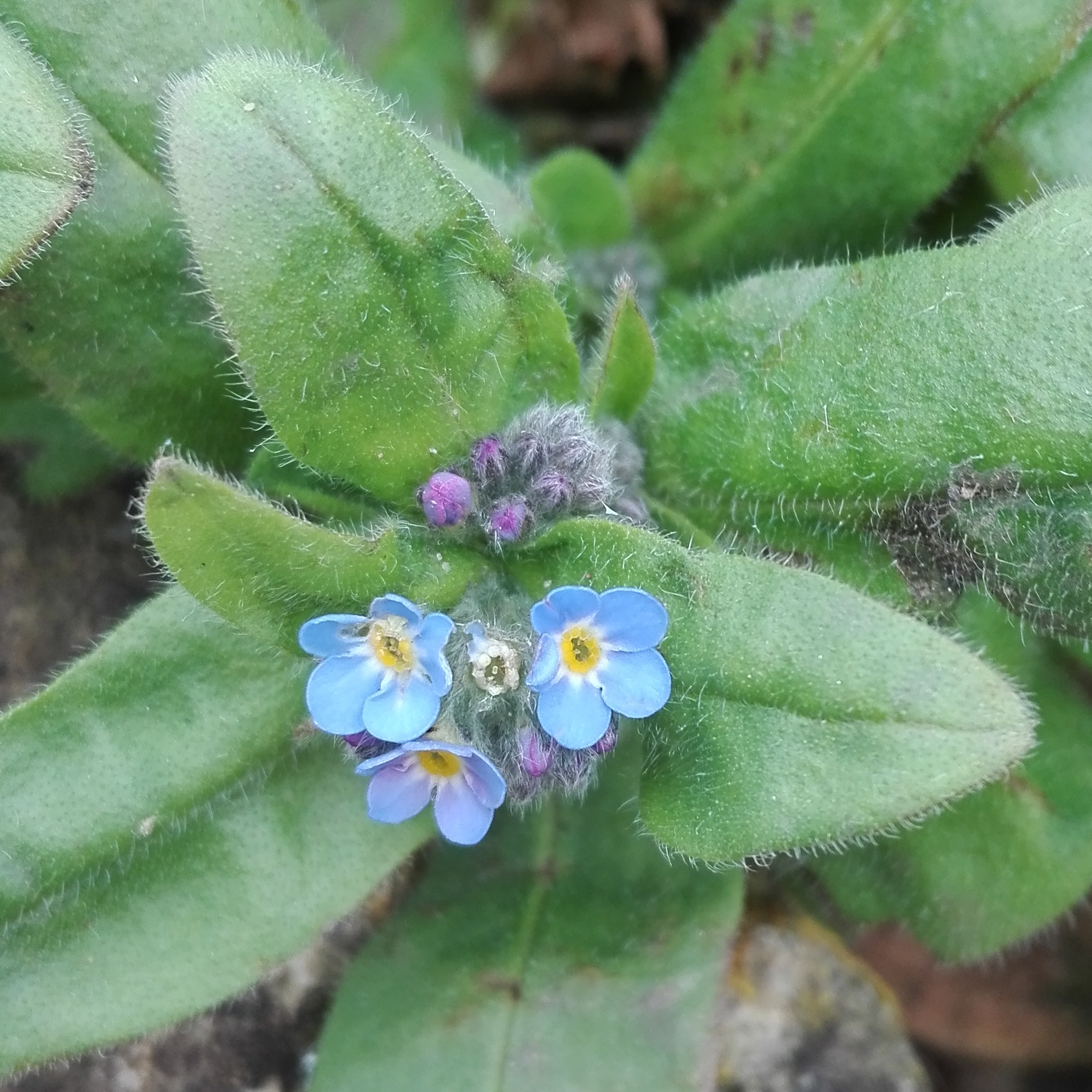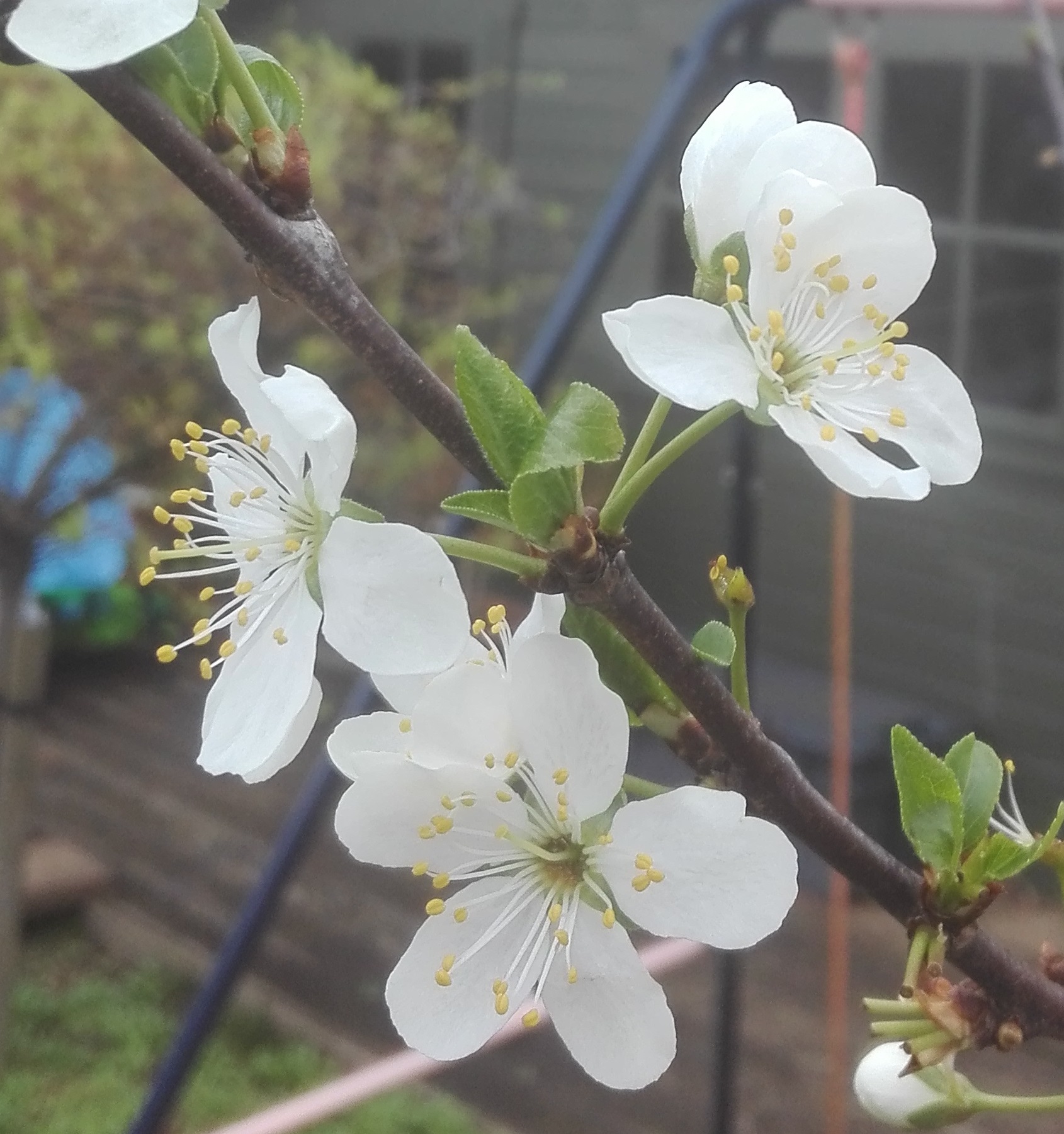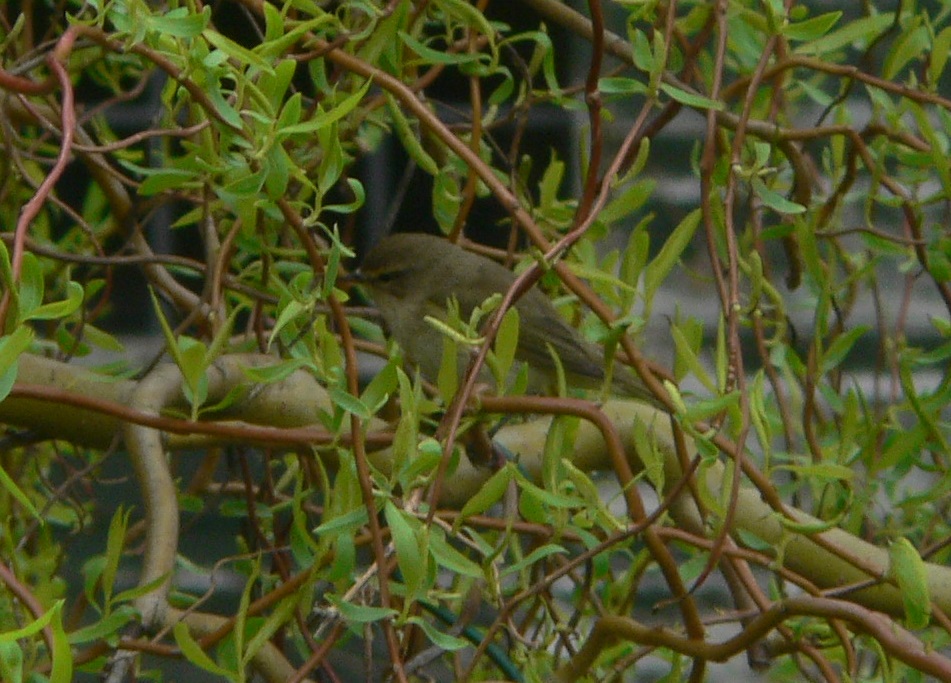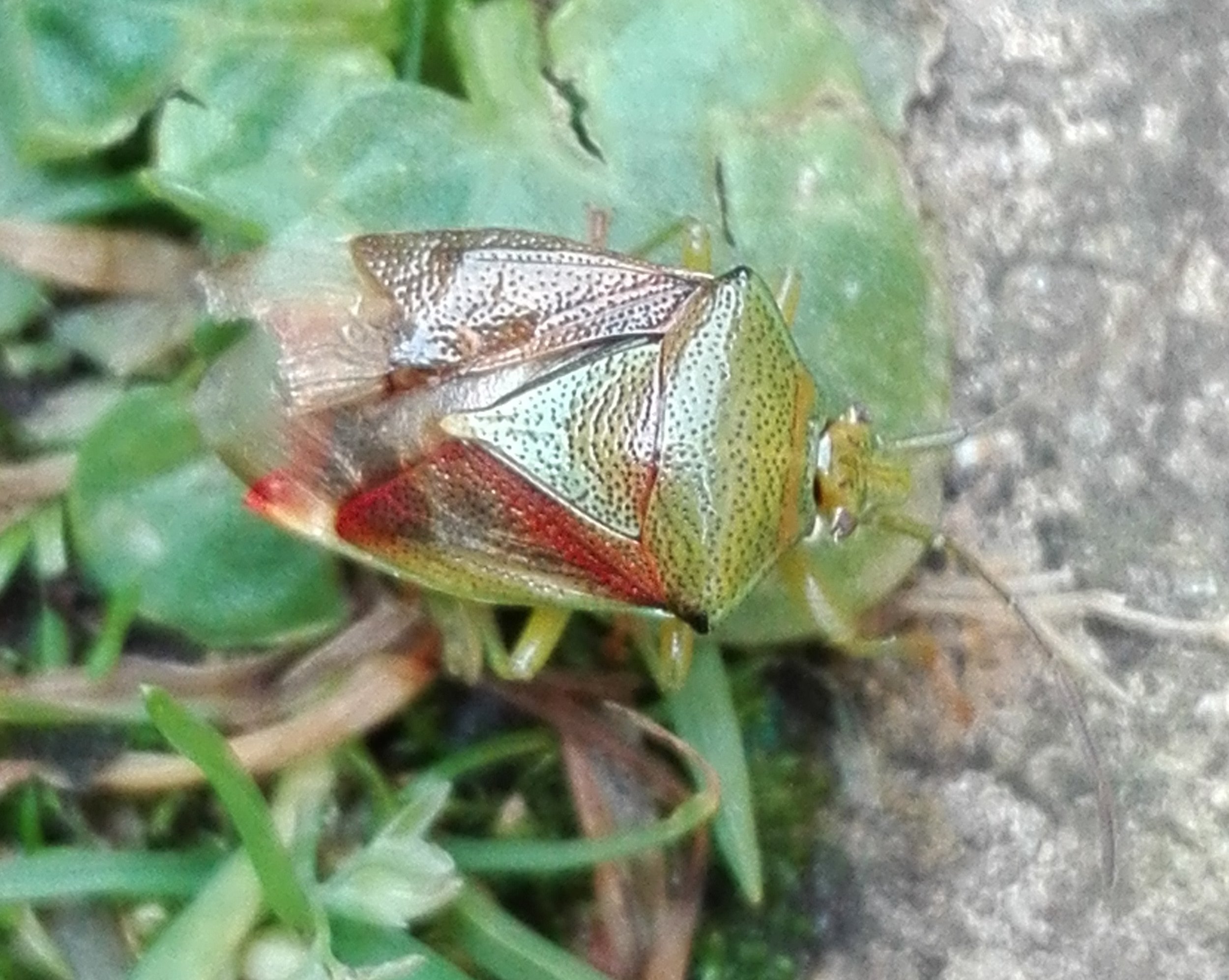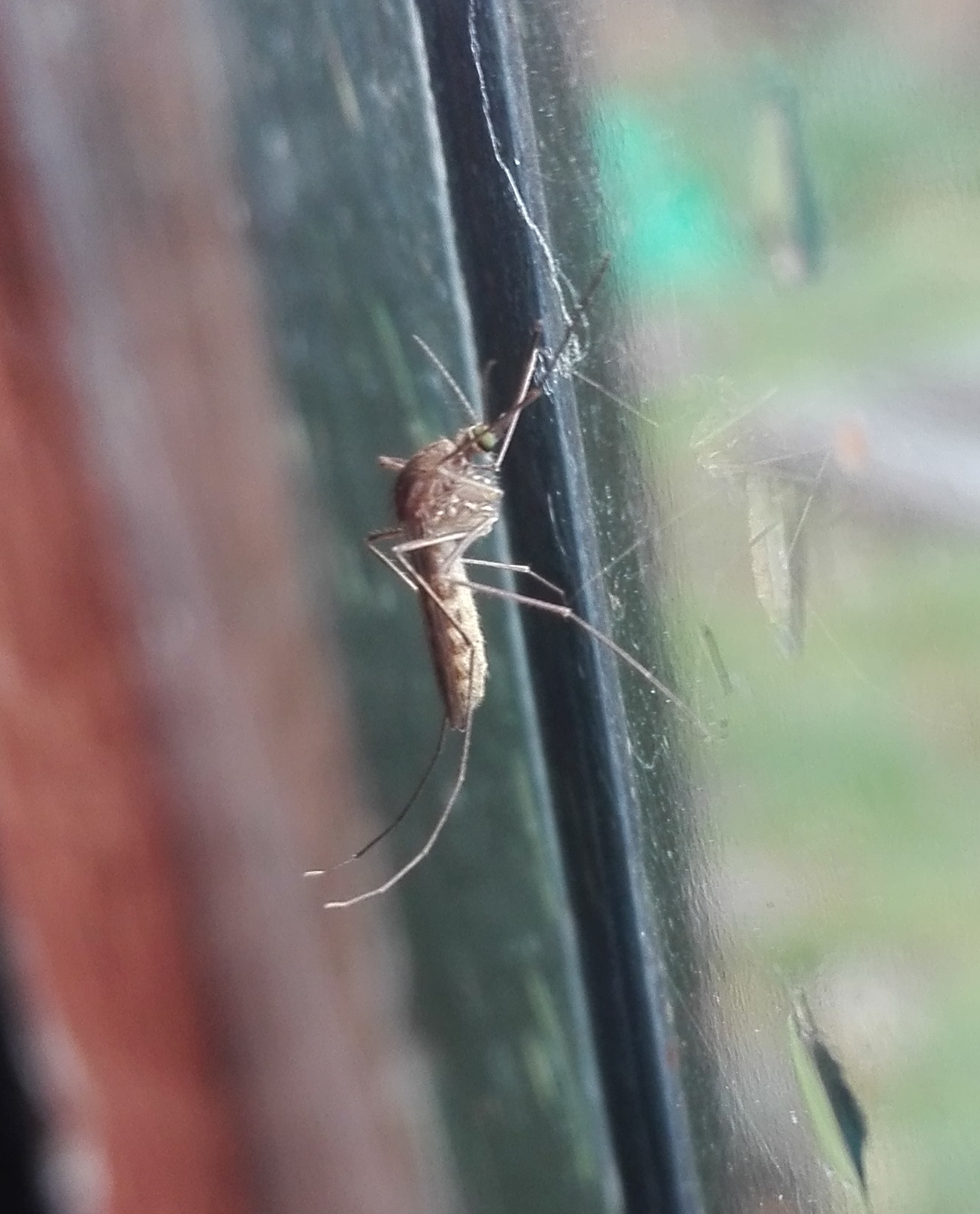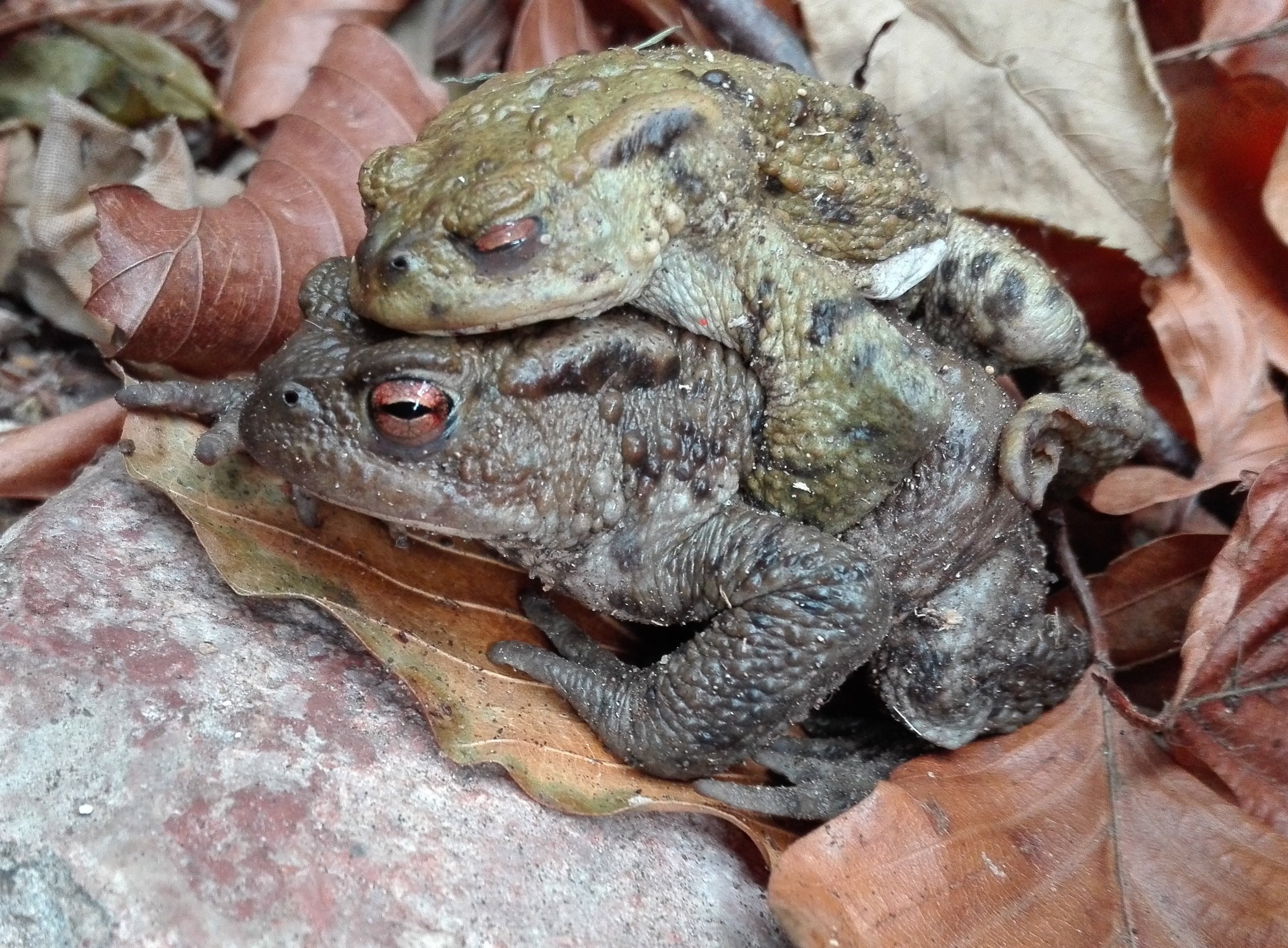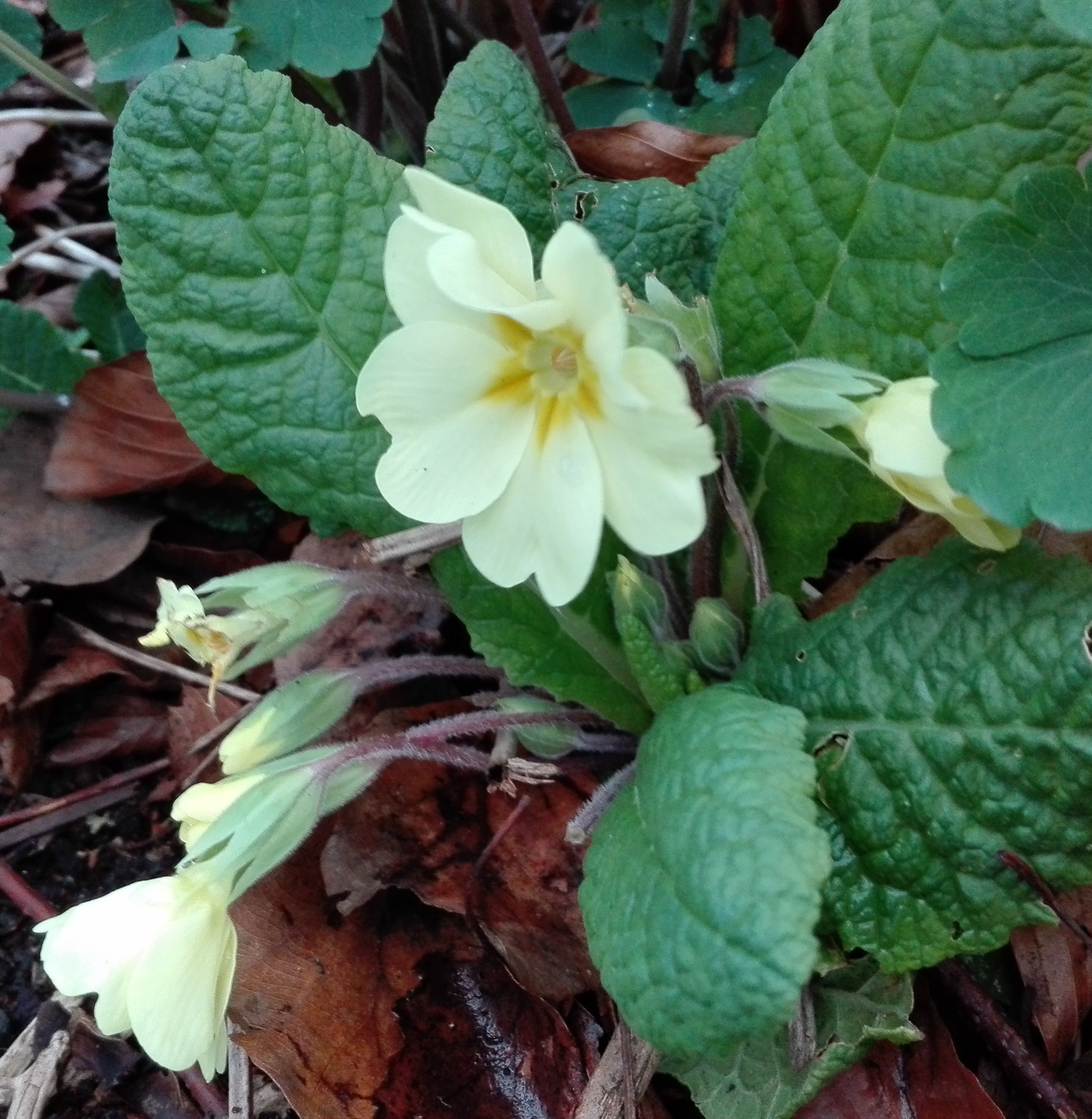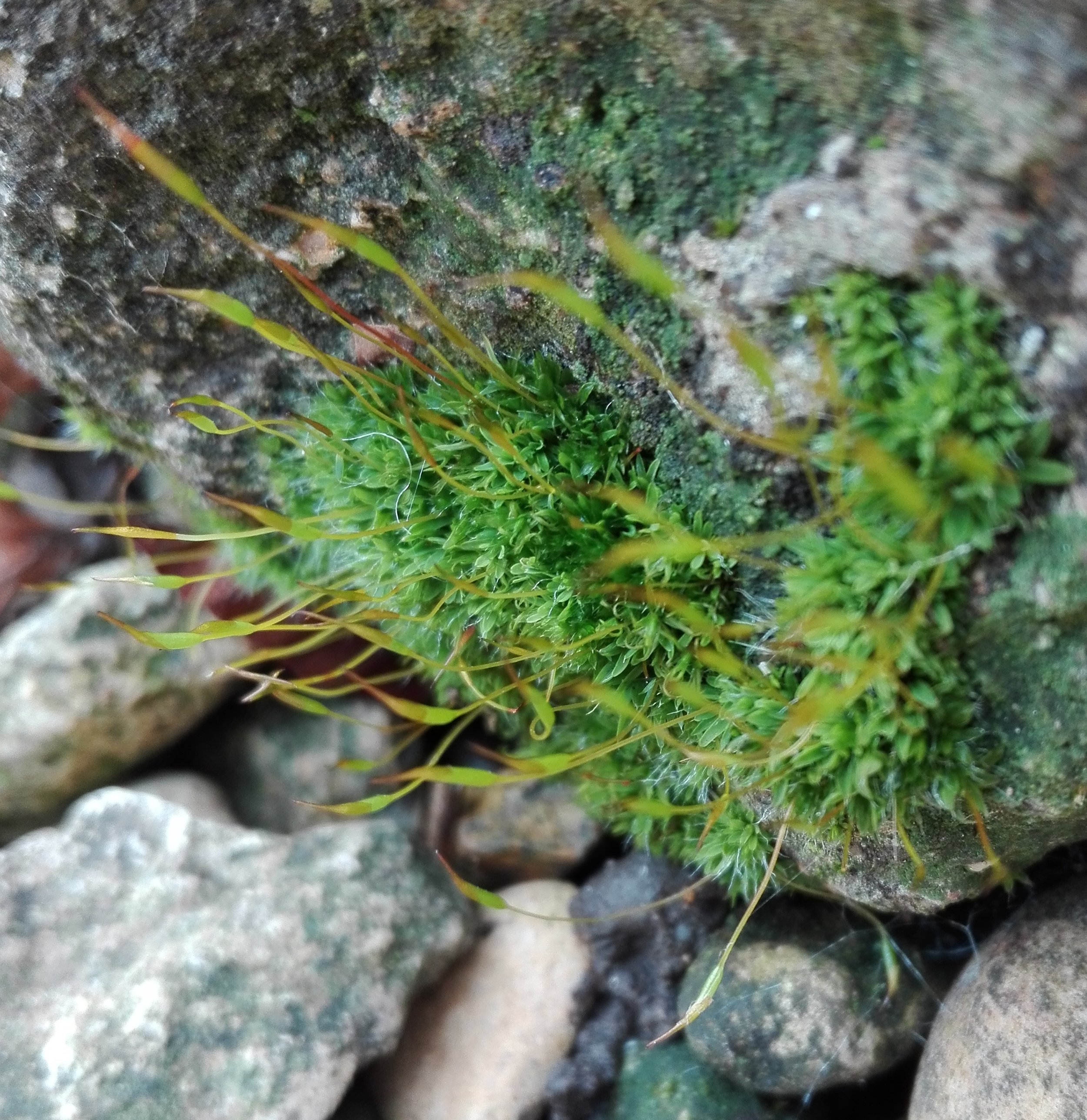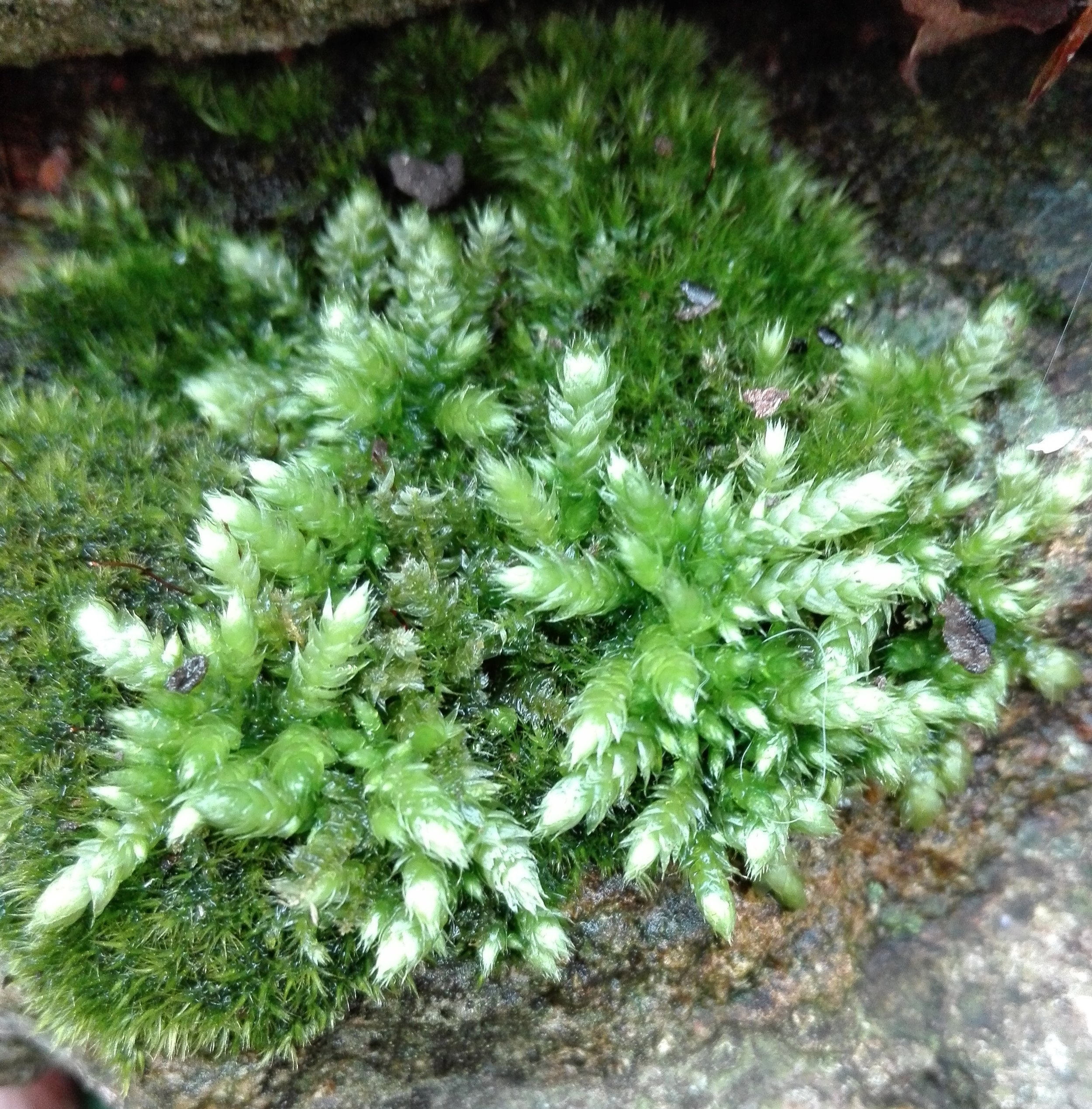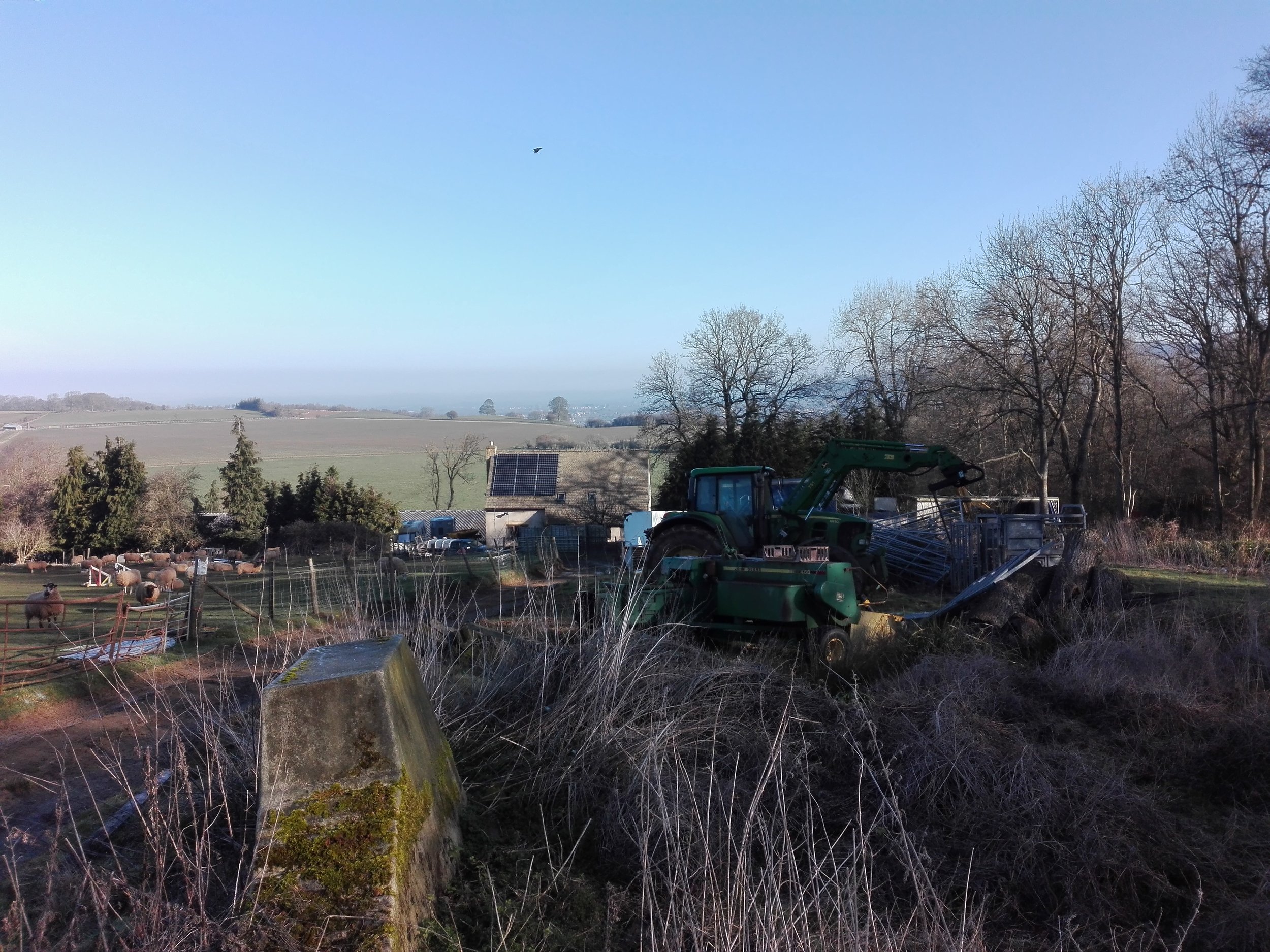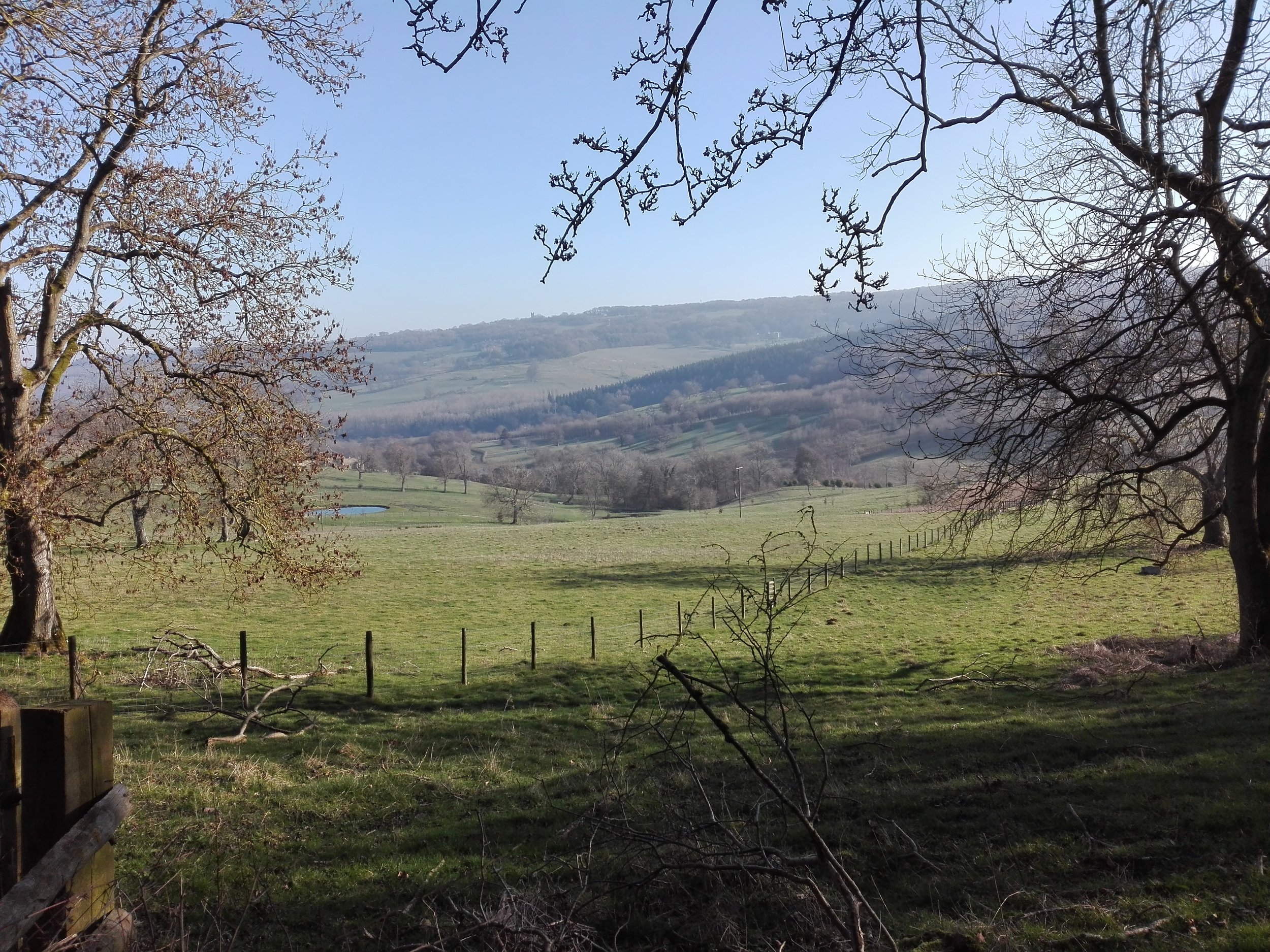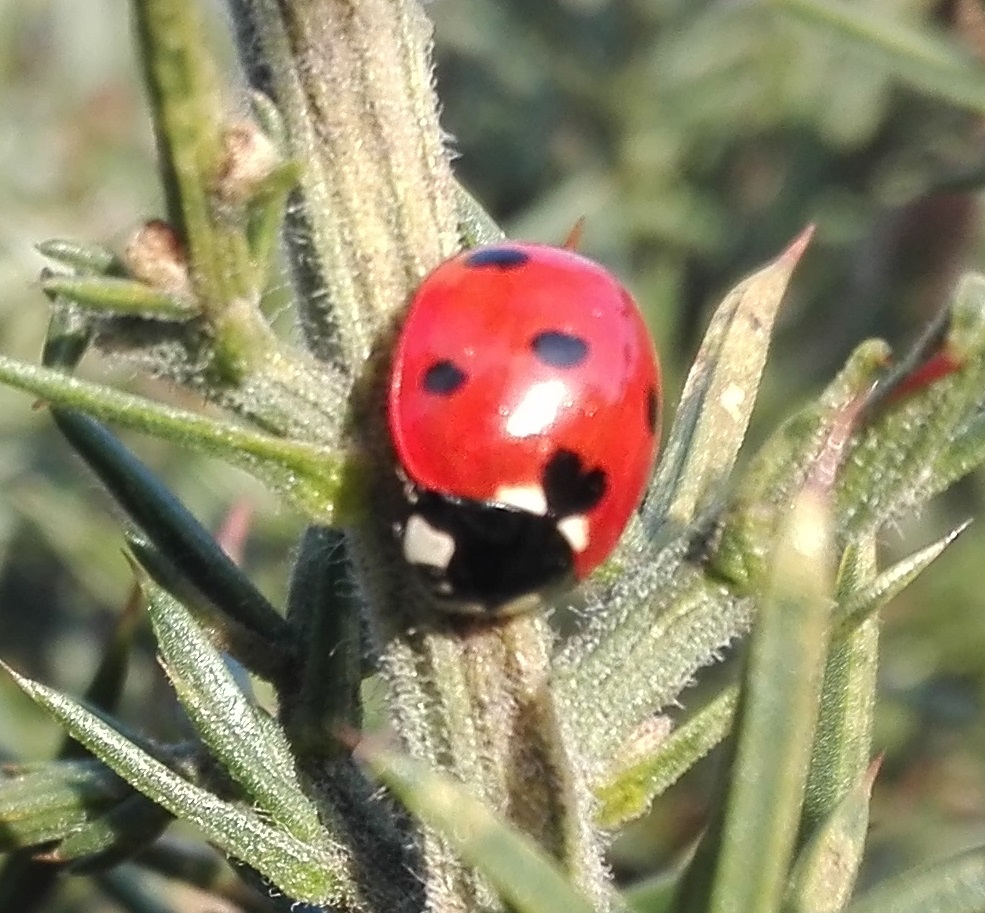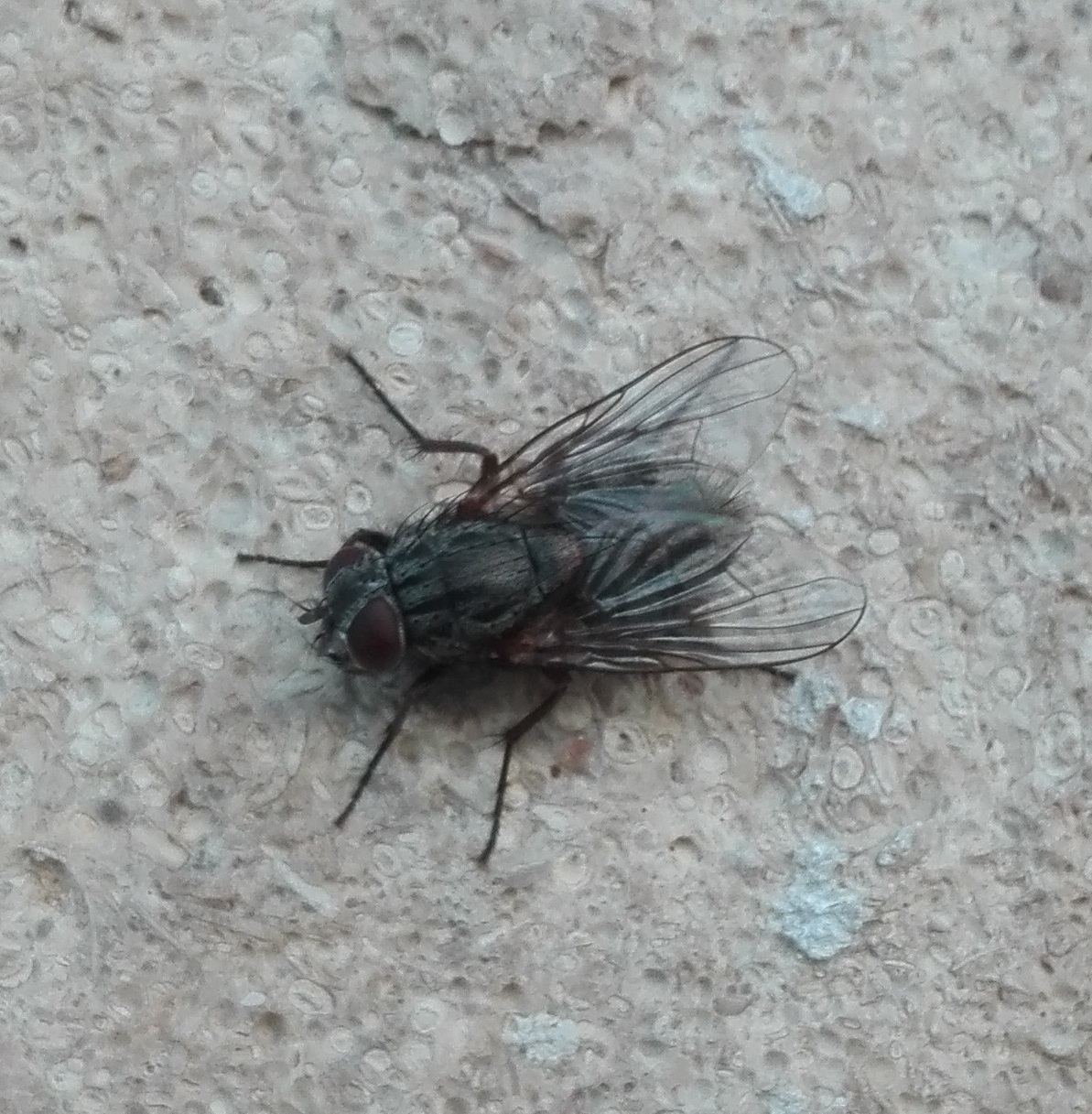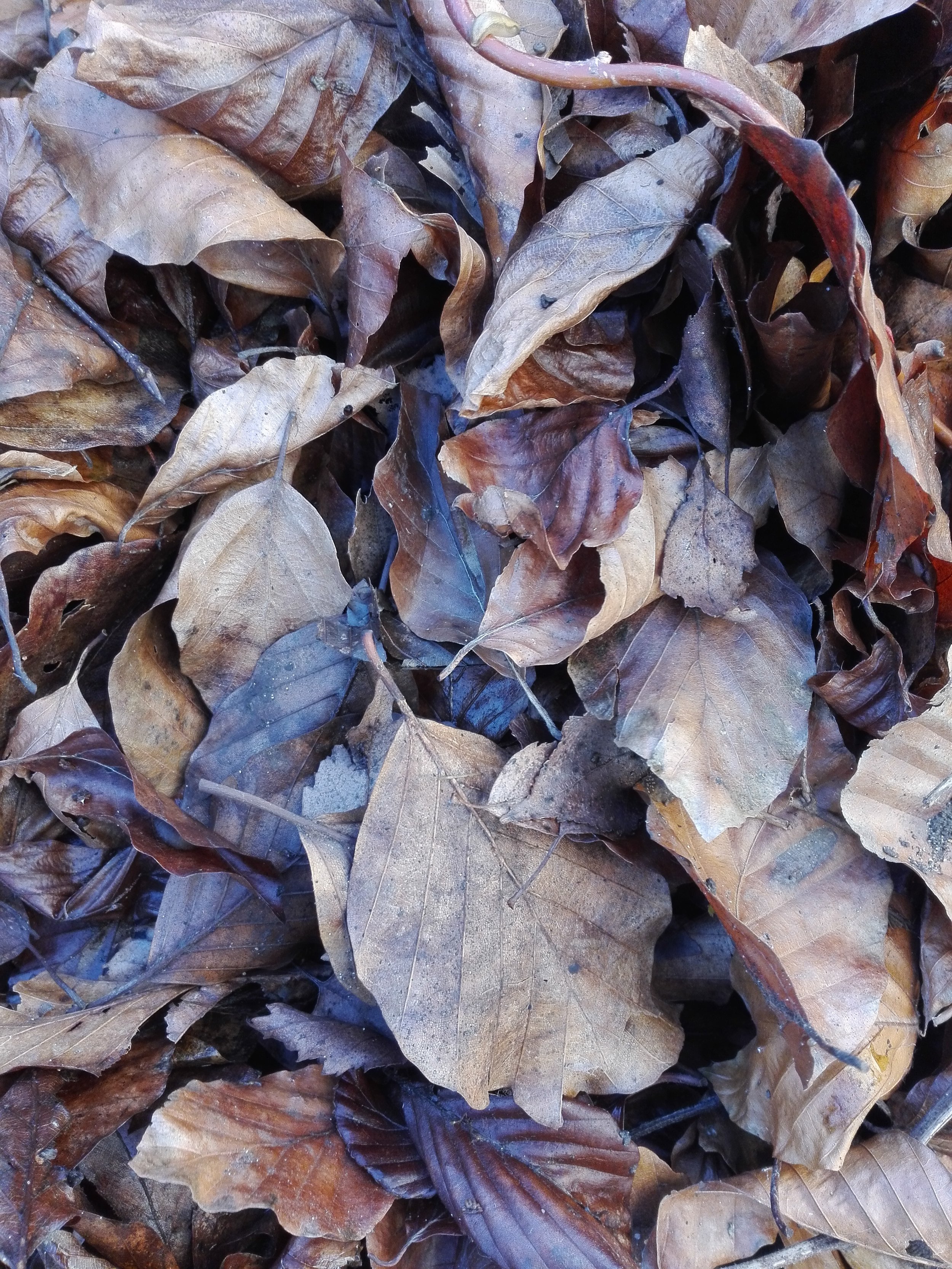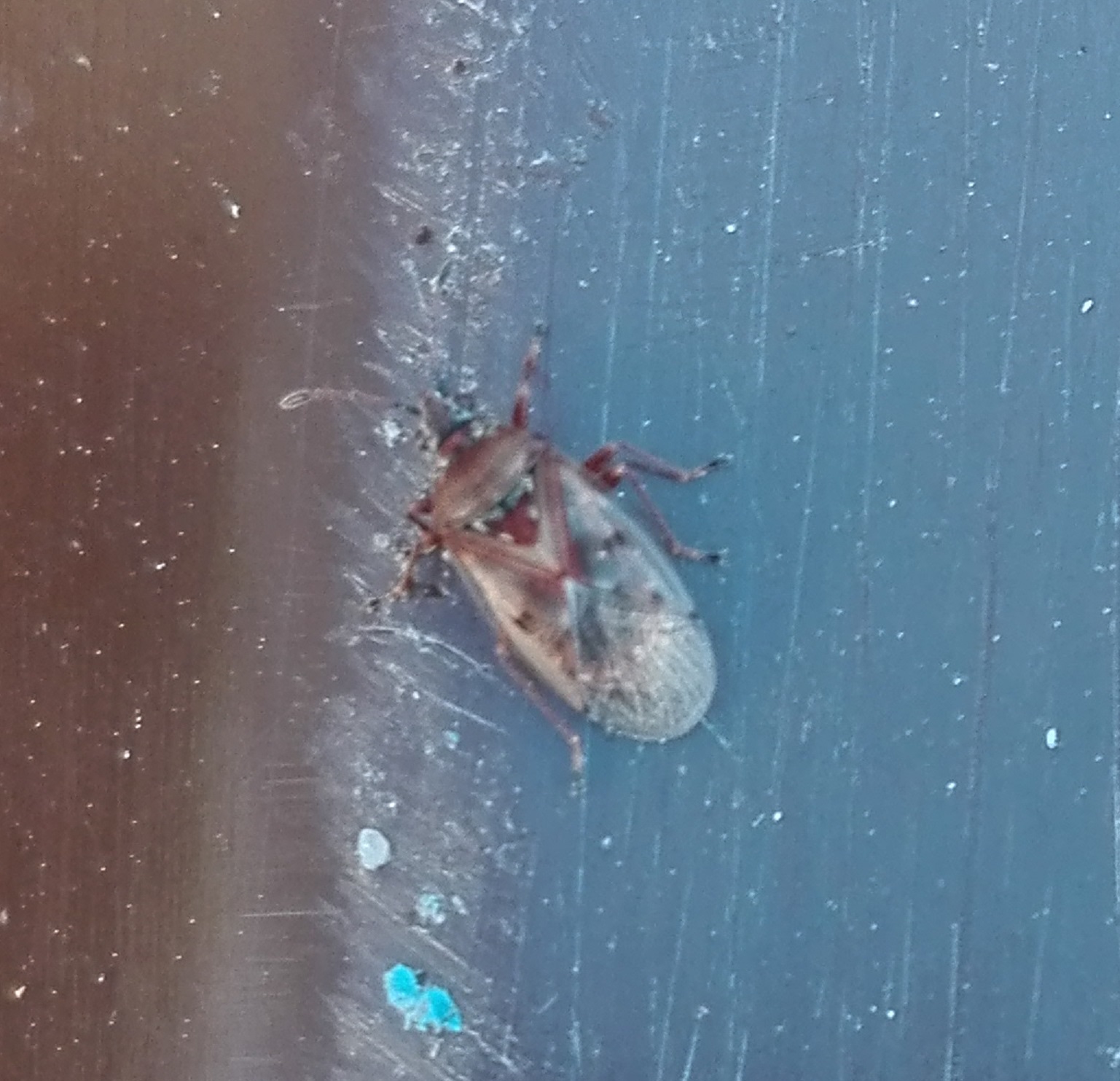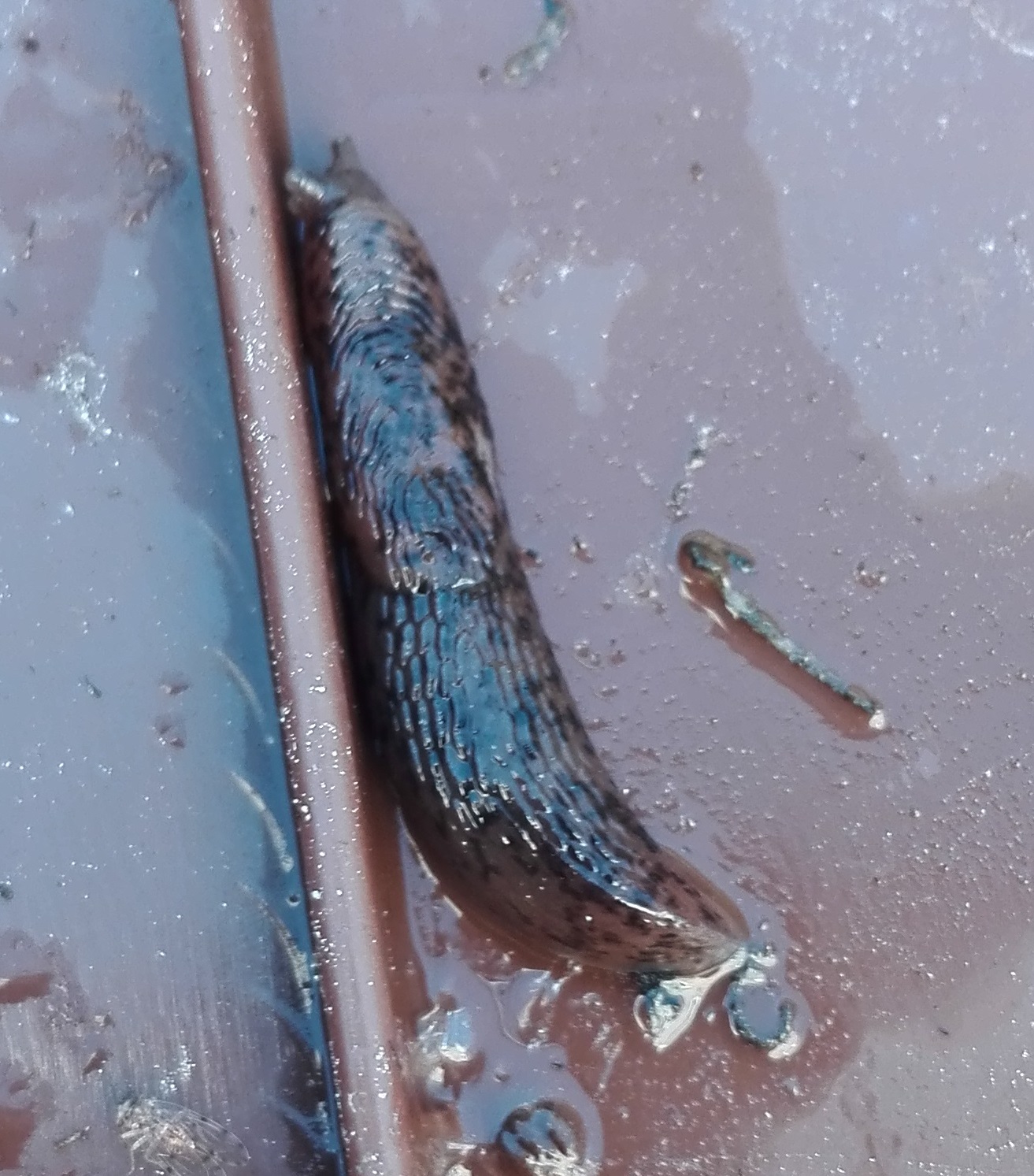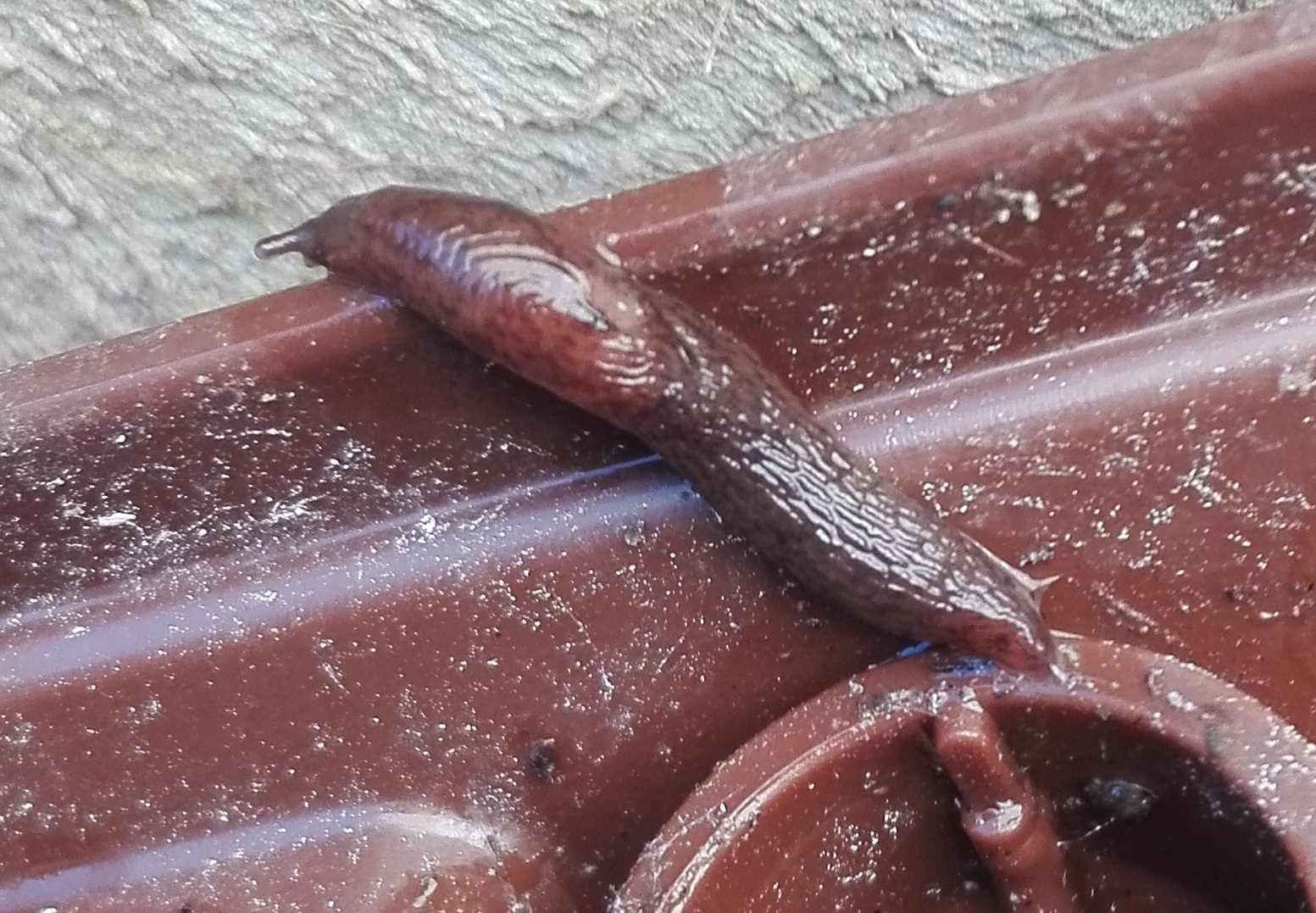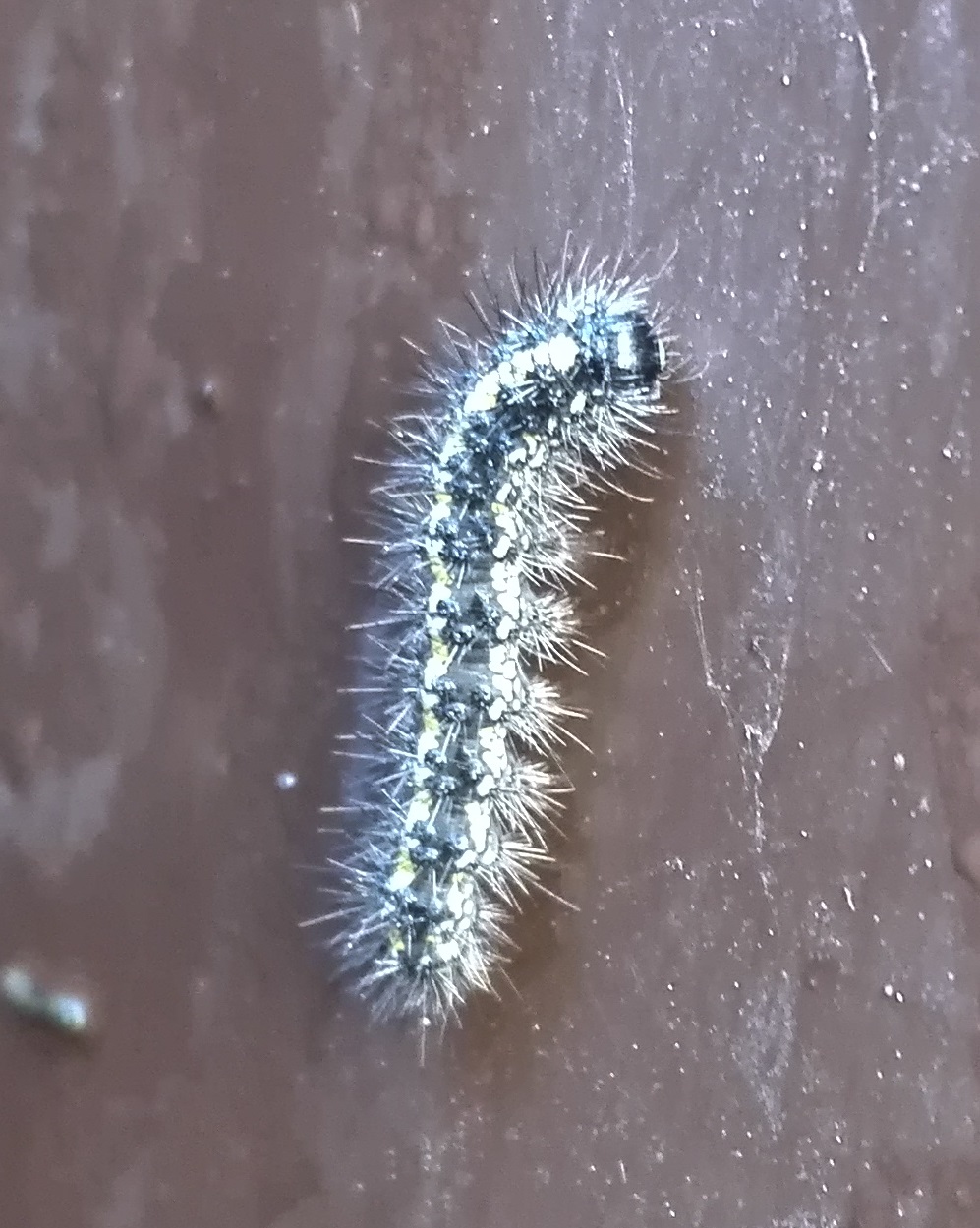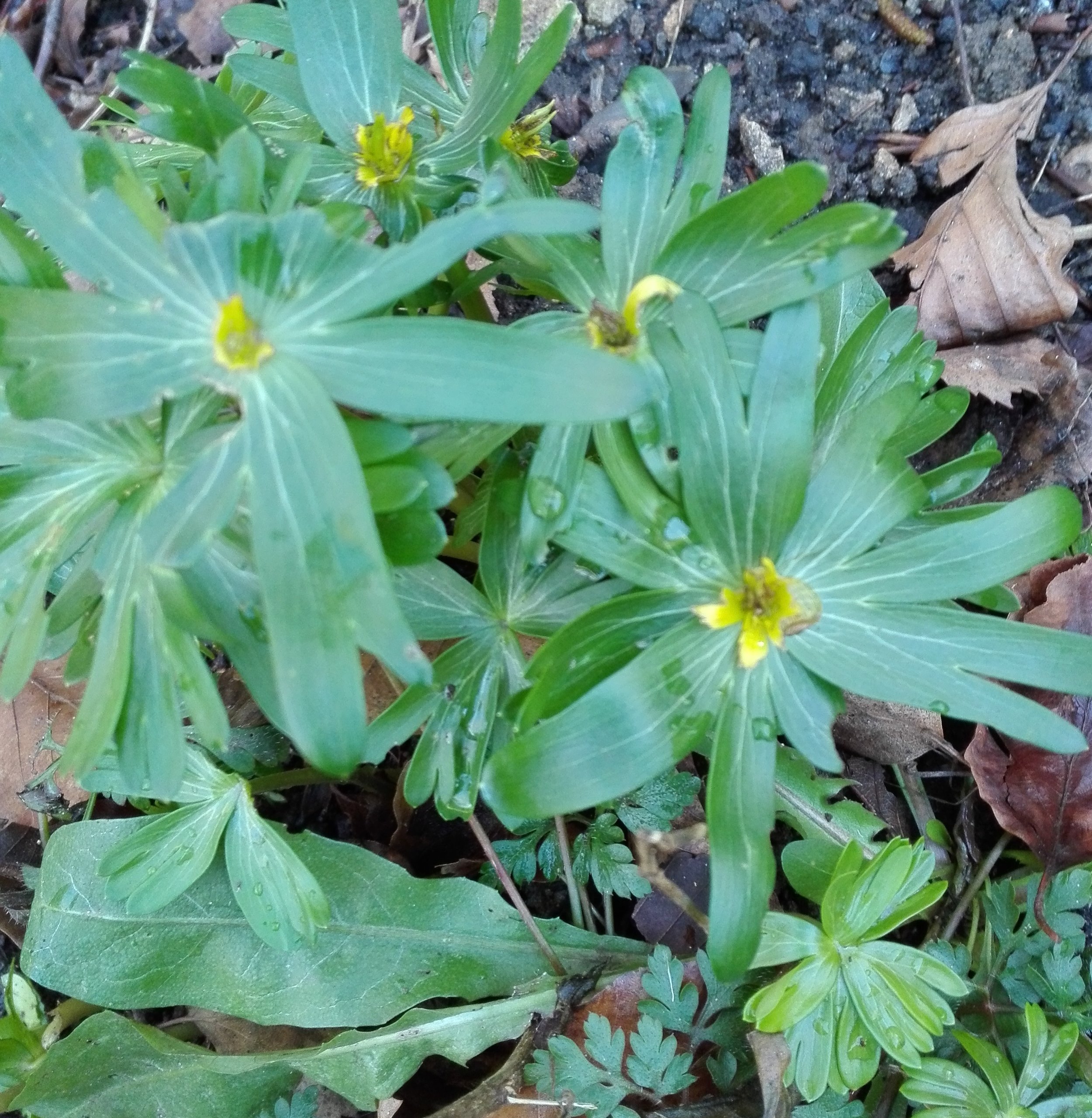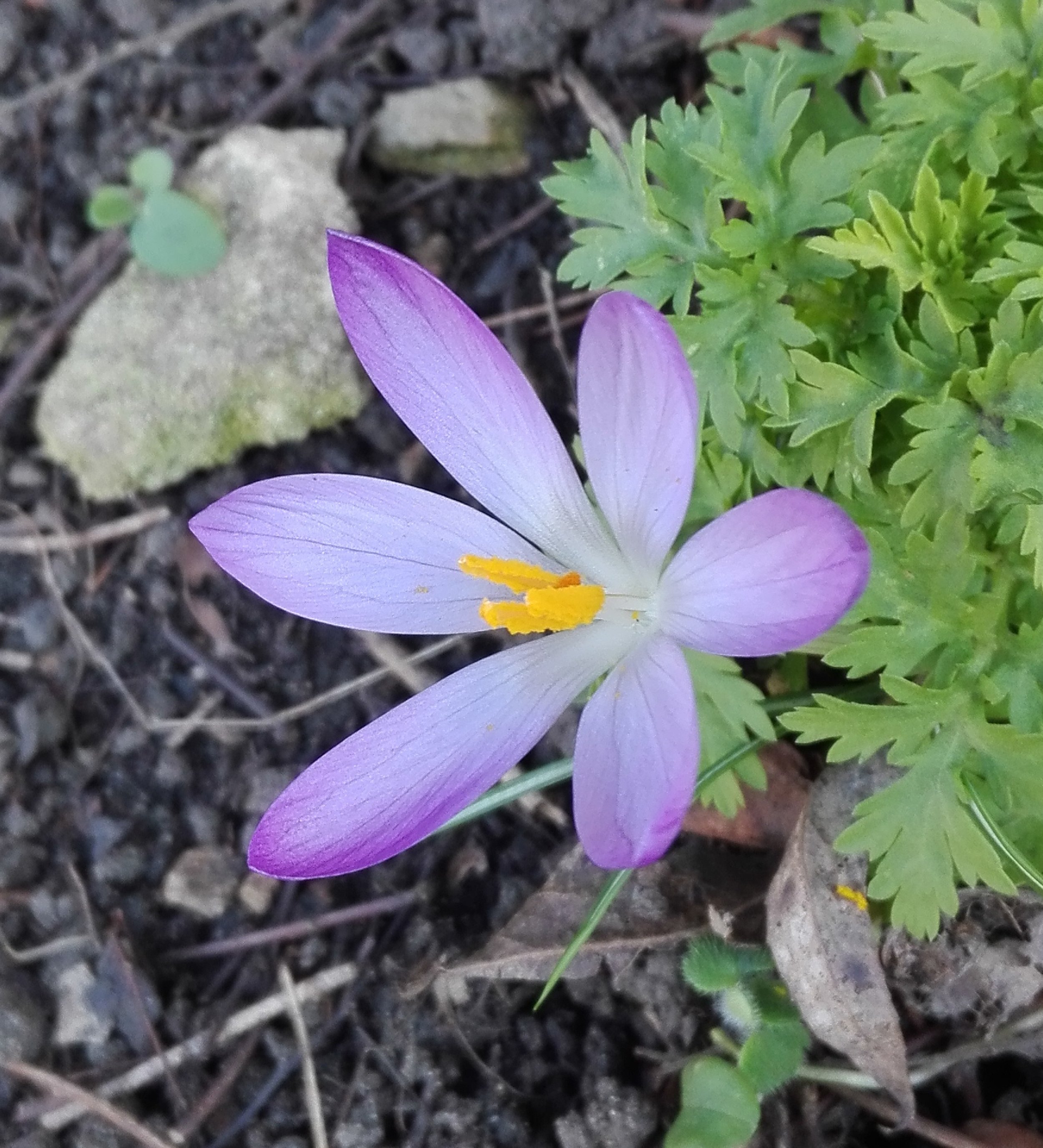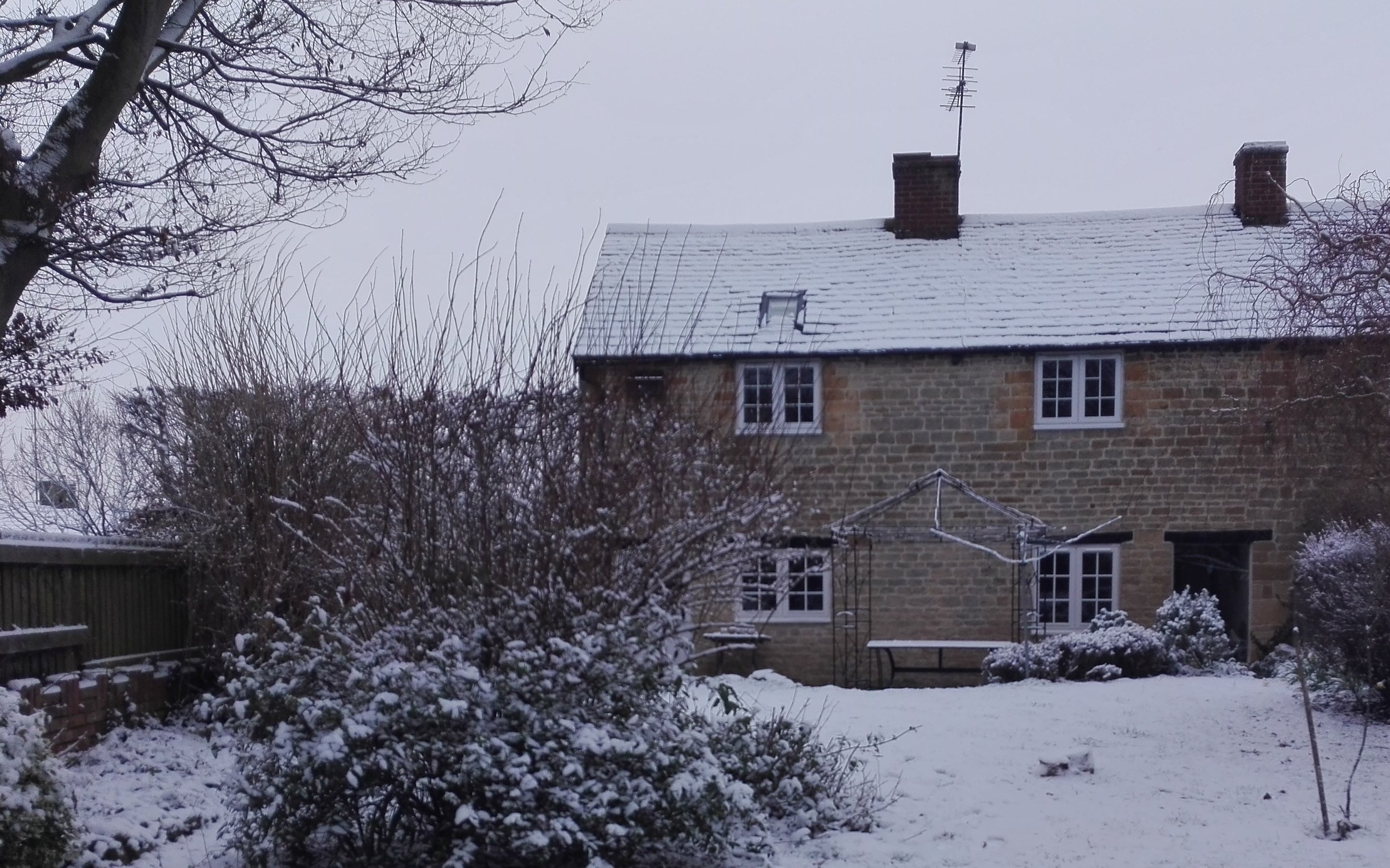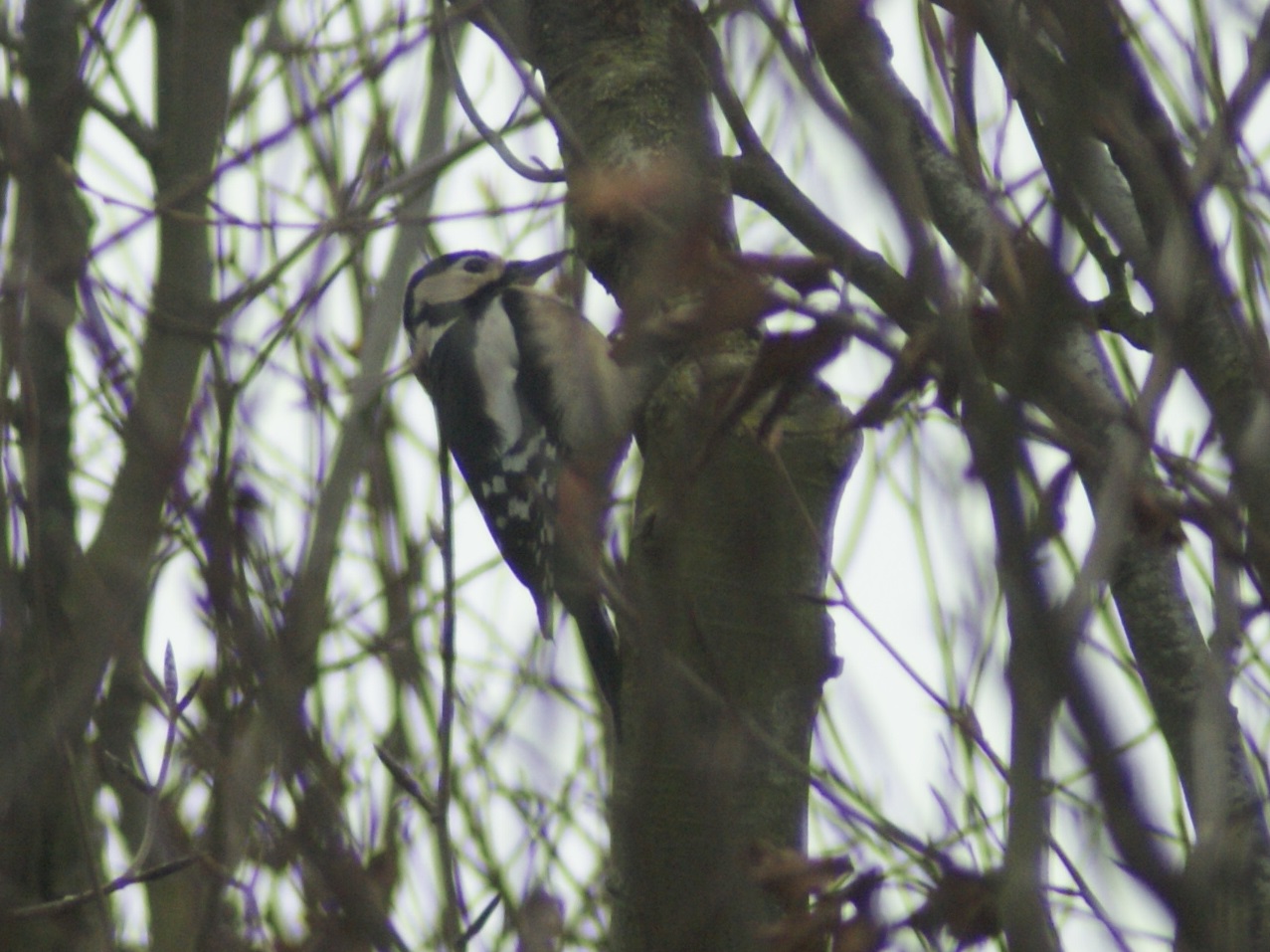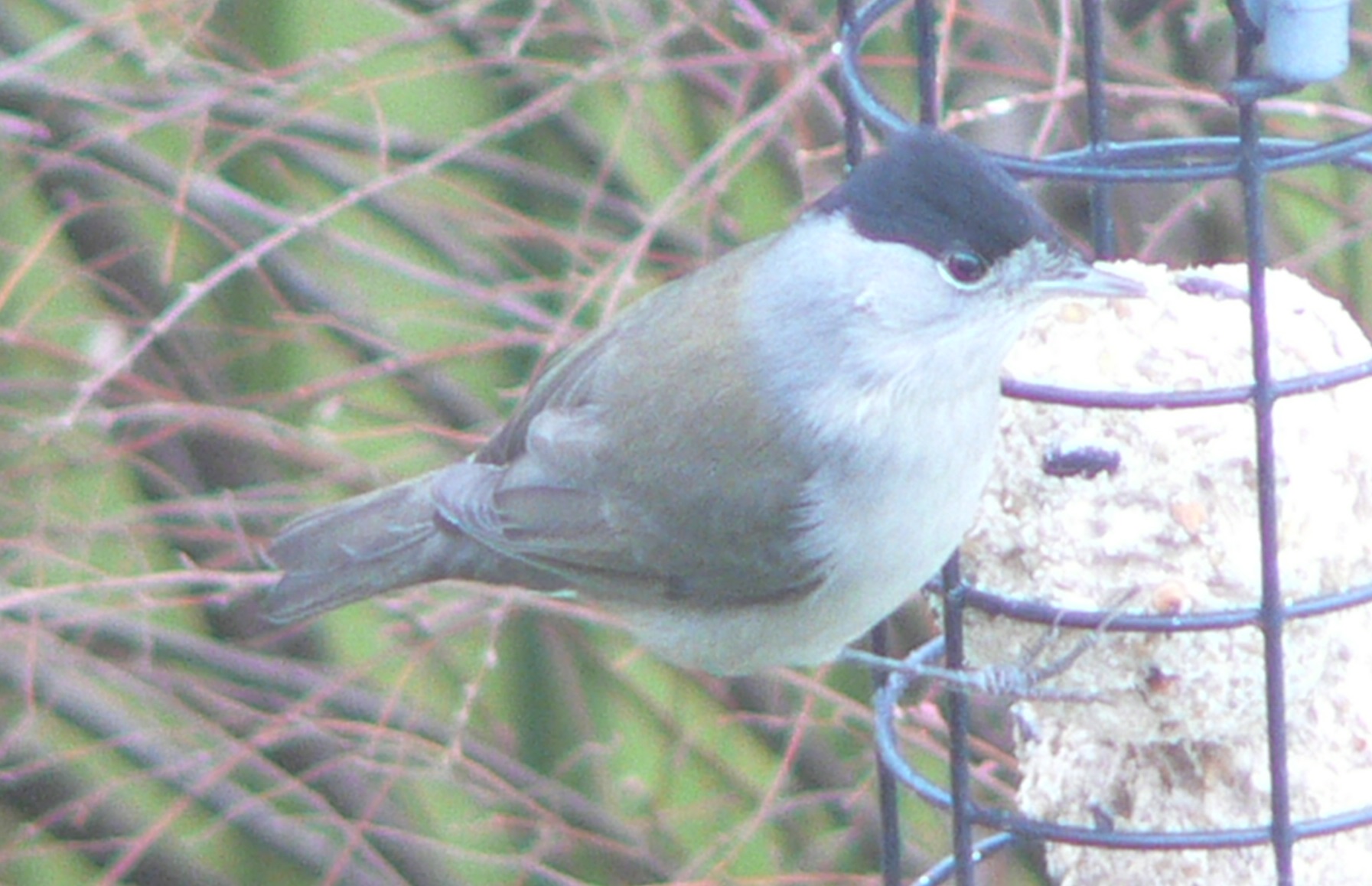Buzzing around or sunbathing on the walls or fences trying to catch some rays from the March sunshine, there’s many more insects buzzing around this last week. Most of them are very active, so I’m struggling to get photos. For instance yesterday we welcomed back spring with 4 species of butterfly in the garden (Peacock, Brimstone, Holly Blue and Orange Tip)., but none of them stopped for so much as a second. Similar story for most of the bees and hoverflies.
On to some things which were more obliging, I snapped Common Drone Fly (Eristalis tenax) on the wall and some of the many flies sitting on the fence and plants. Still some work to do to identify all of them, but a (very common, in fact) Blue Bottle Fly (Calliphora vicina, #432) was new to the list, as was Eudasyphora cyanella (#441) with its white collar and the Scavenger Fly (Scatopse sp).
Mint Moth (#69) was a visitor to the kitchen. So far there don’t appear to be many moths around; when driving at night they seem even less in evidence than during mid-winter.
Finally, noticing some damaged leaves on my hellebores, I found sap-sucking Hellebore Aphids (#431, Macrosiphum hellebore) making themselves at home on the undersides of the leaves. Fortunately not too many of them.

